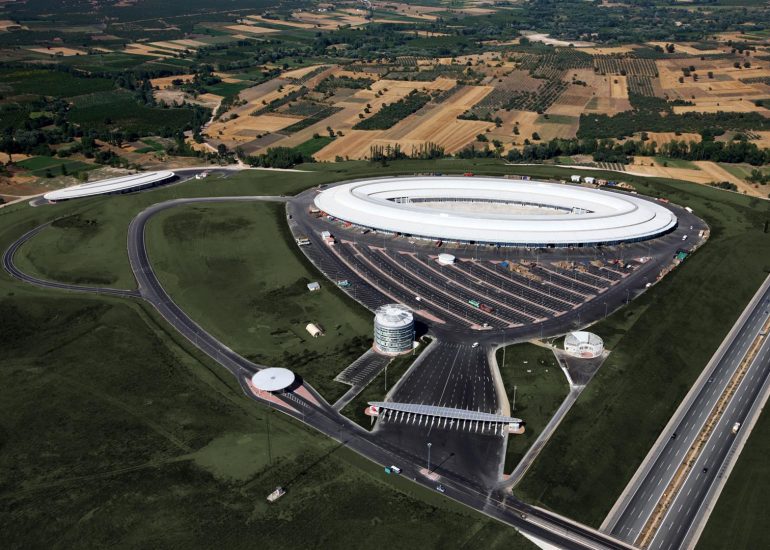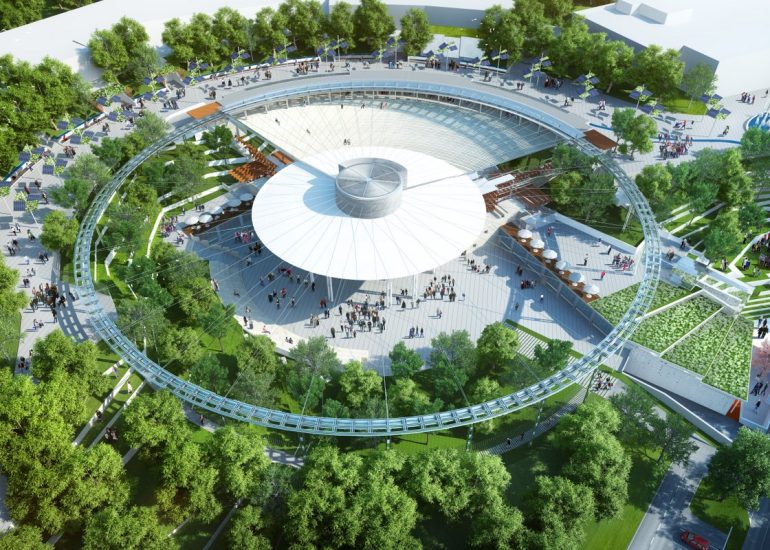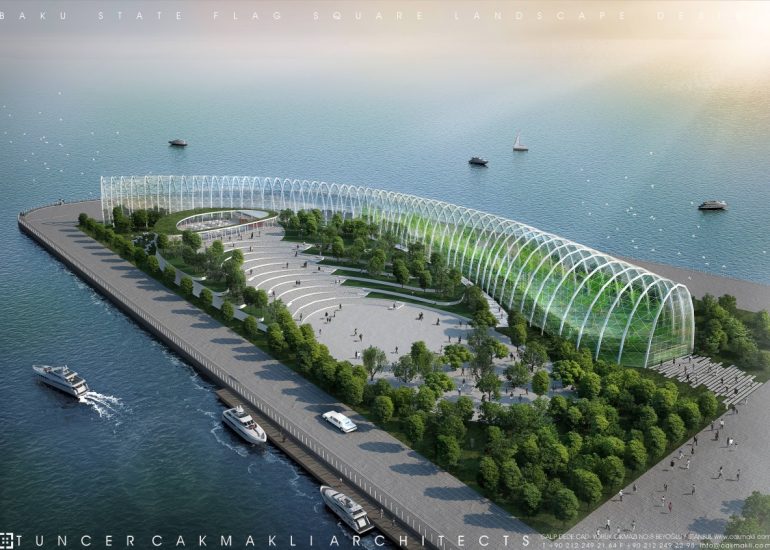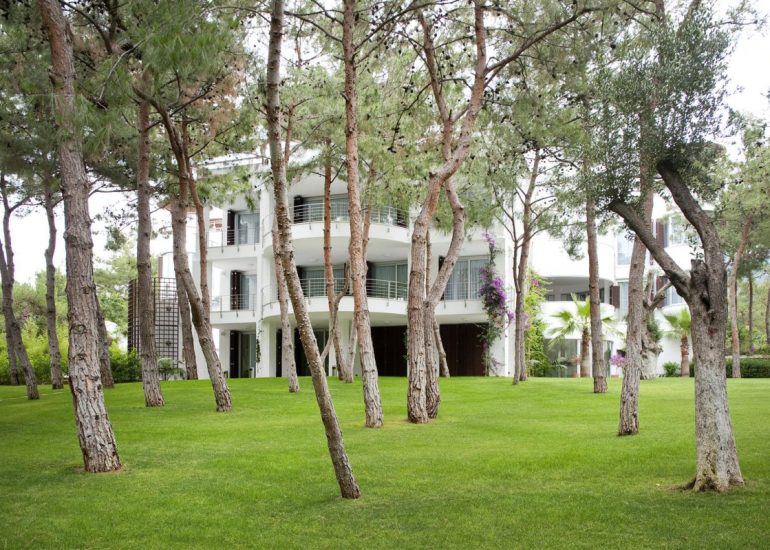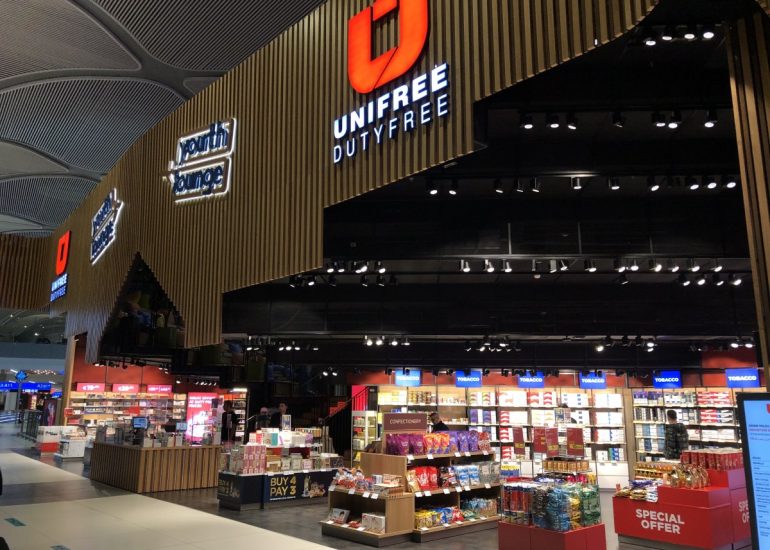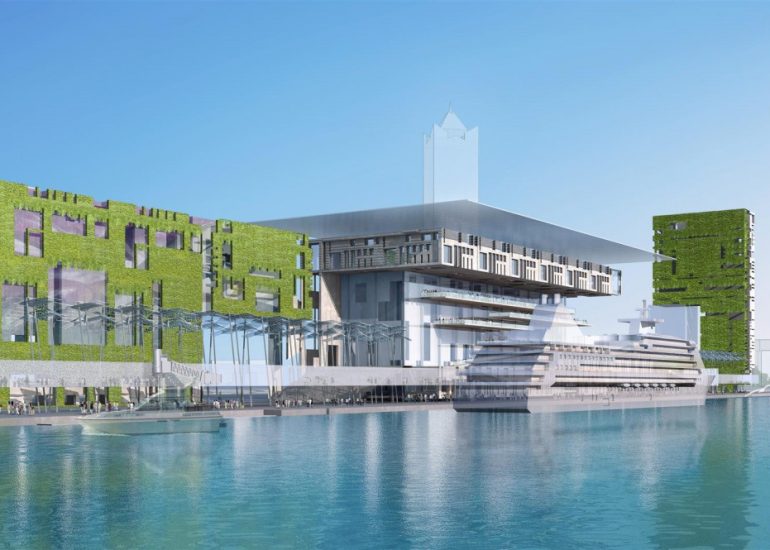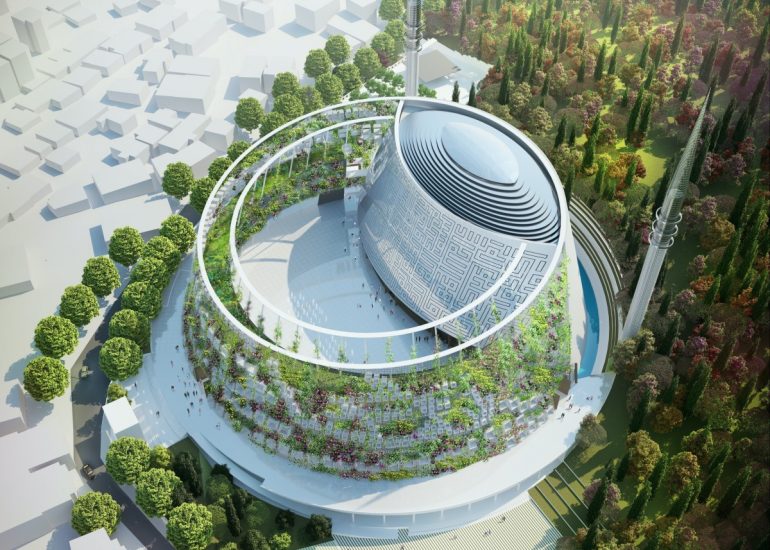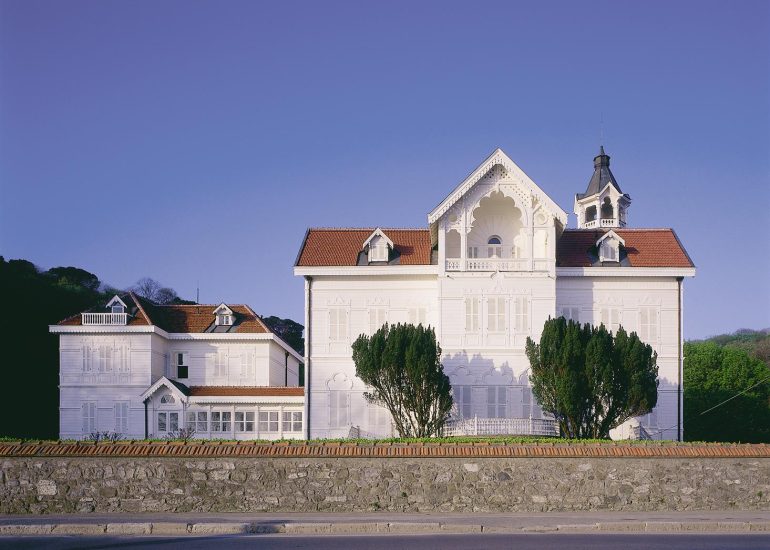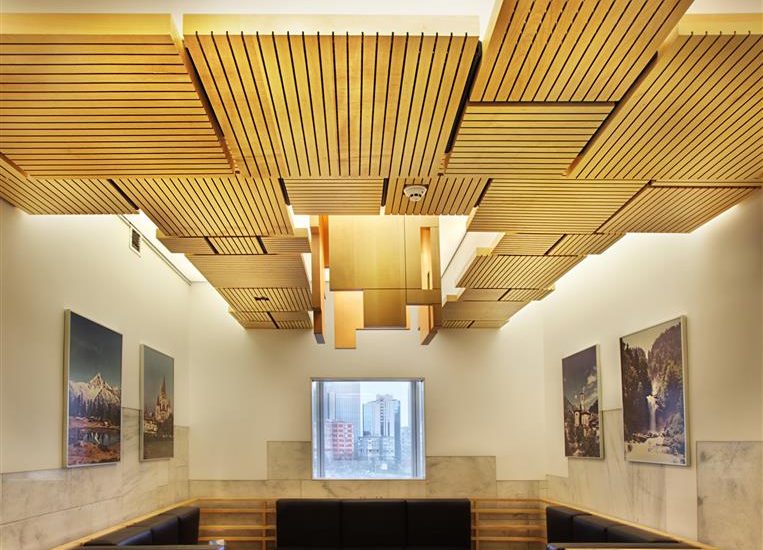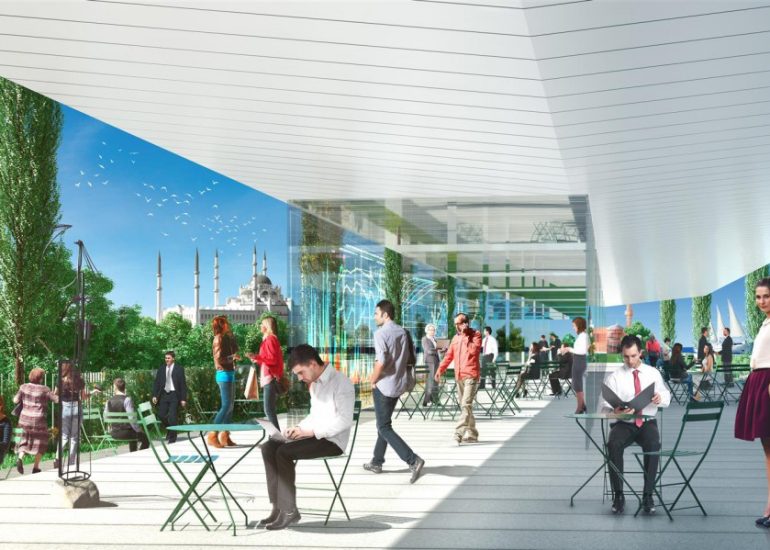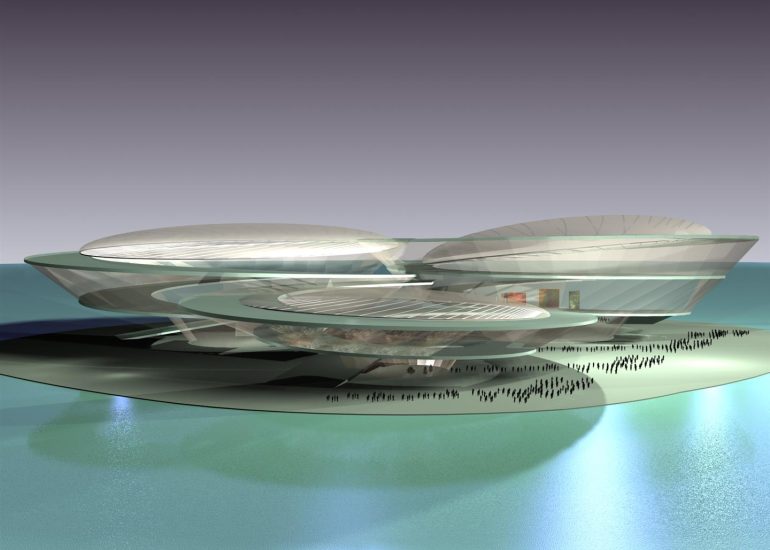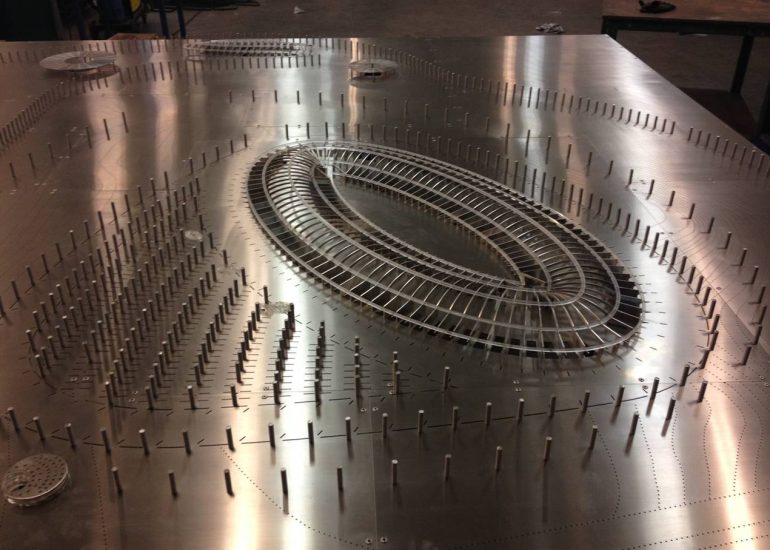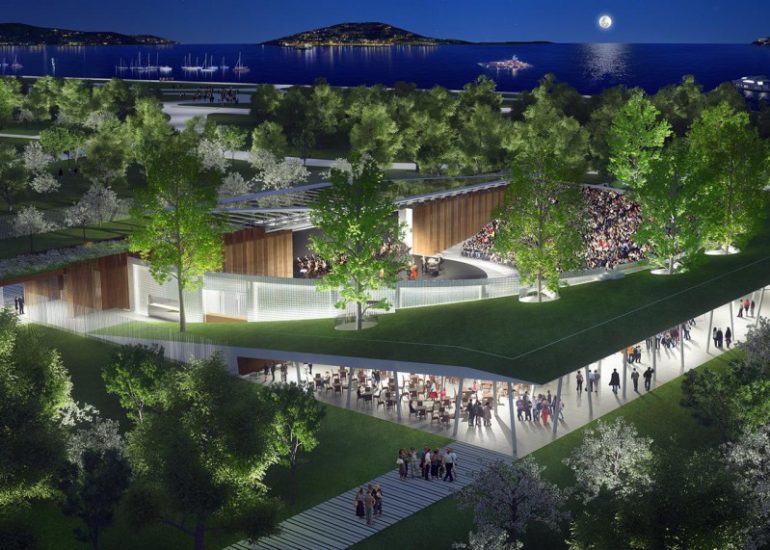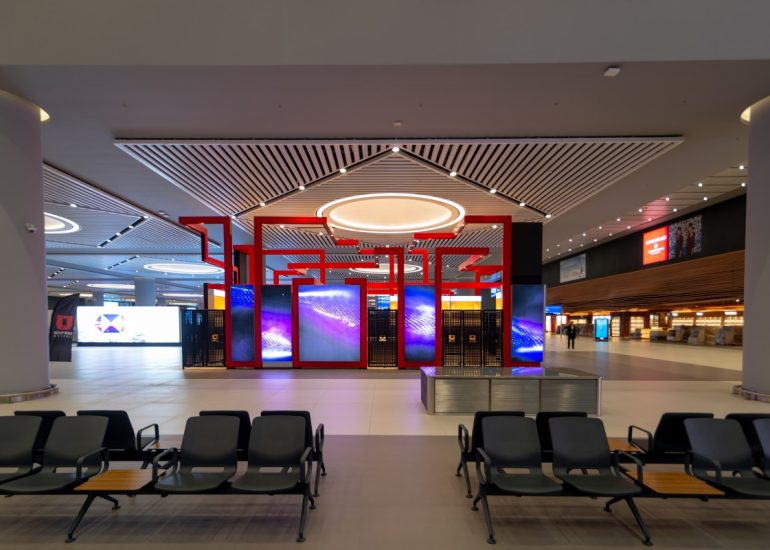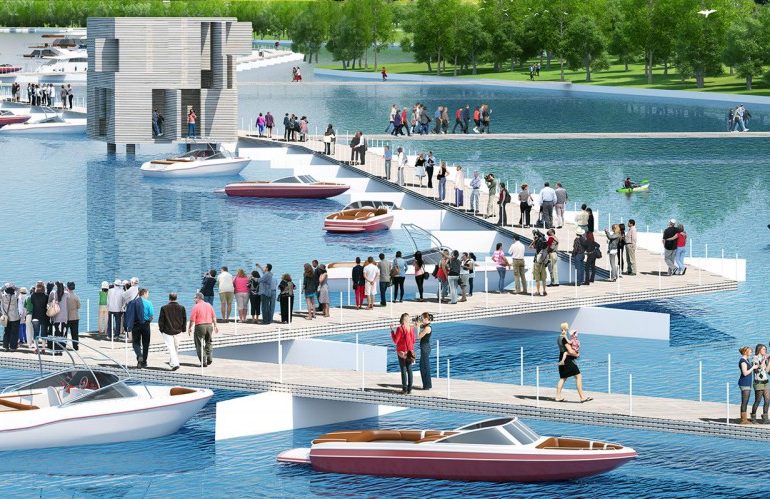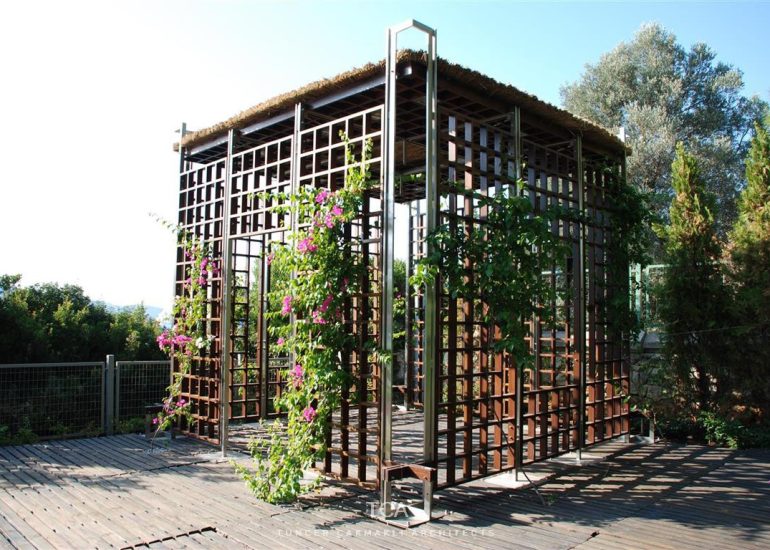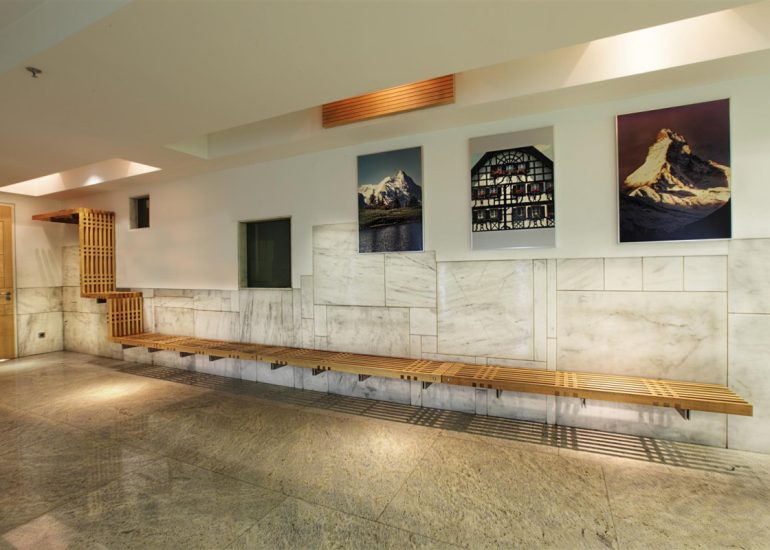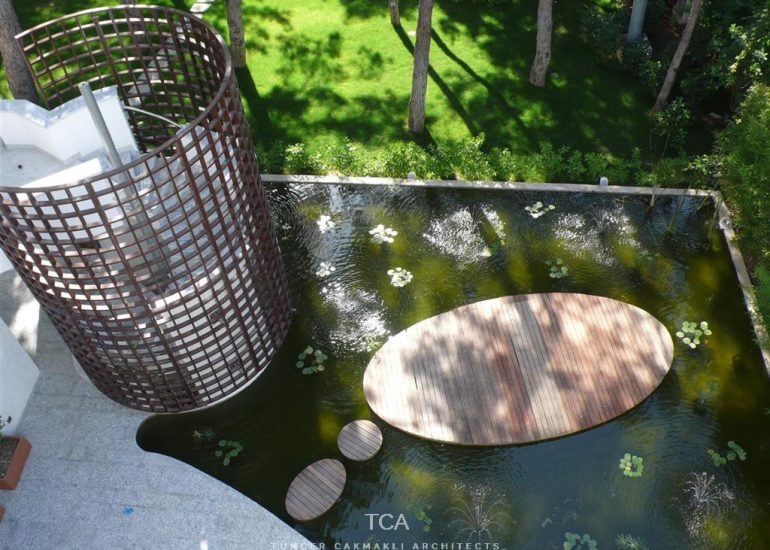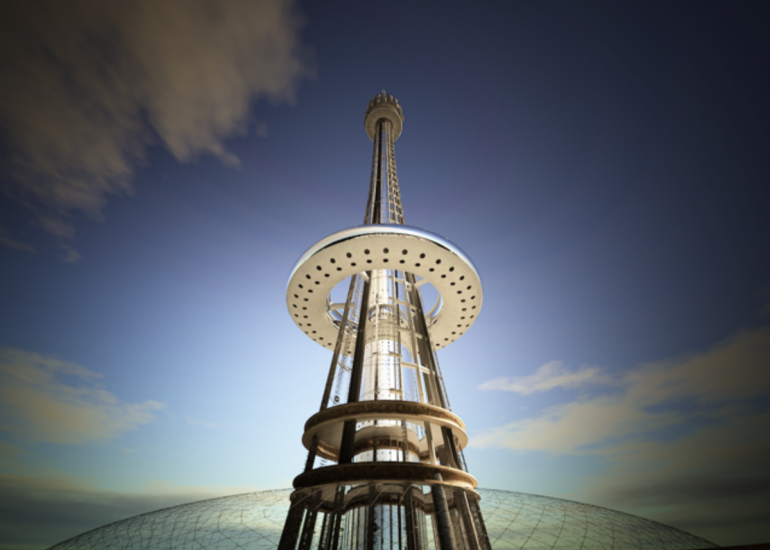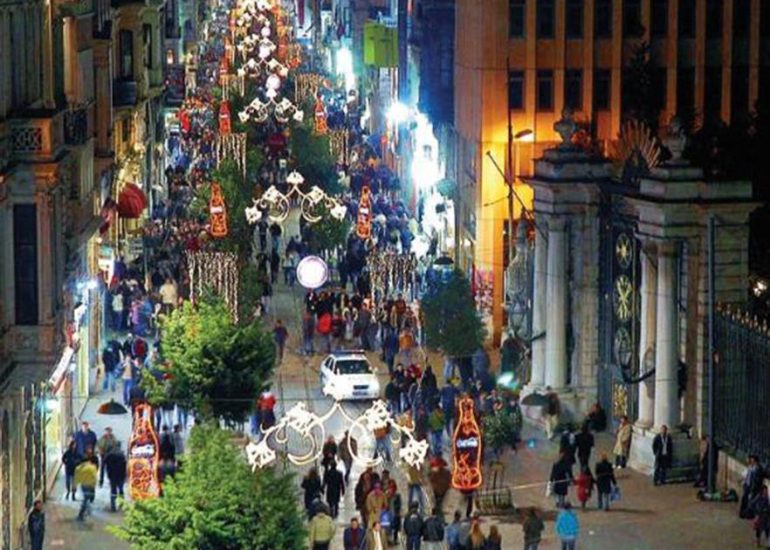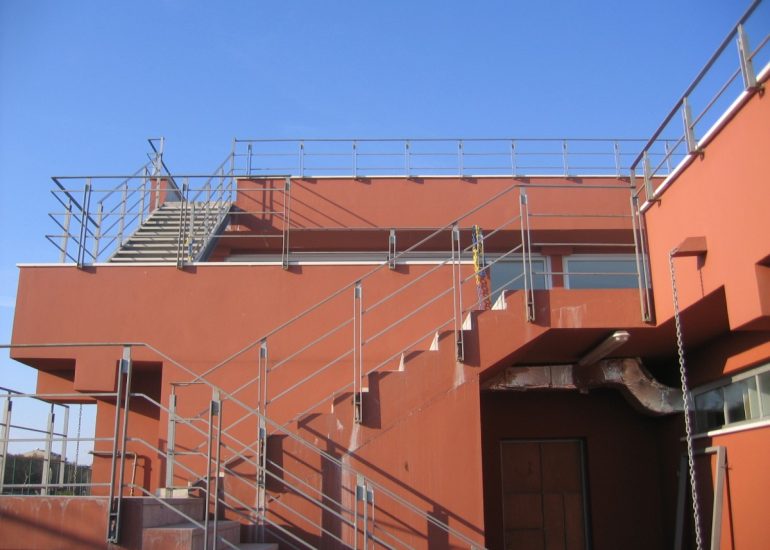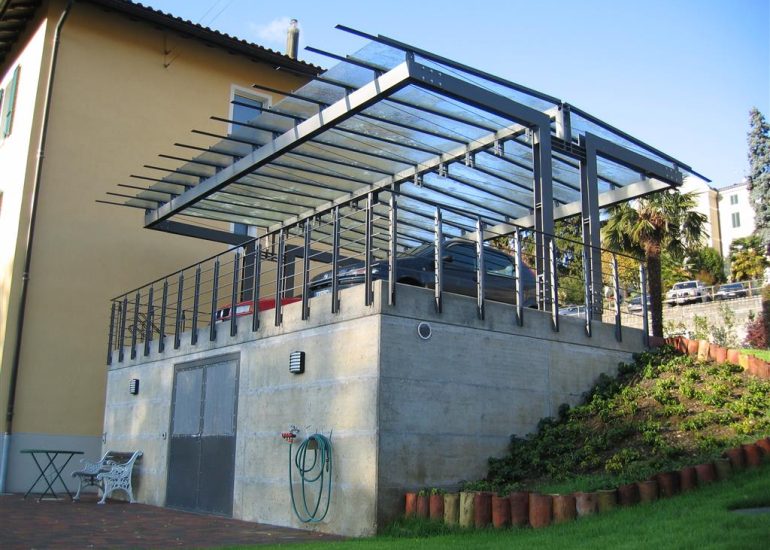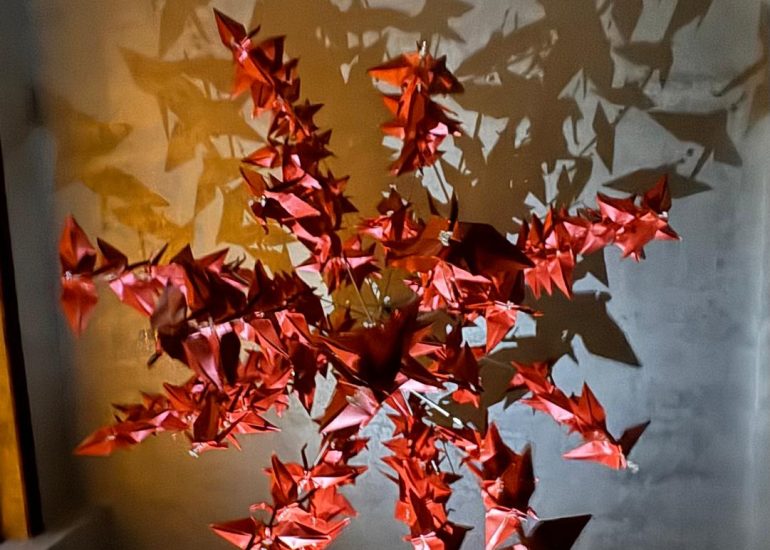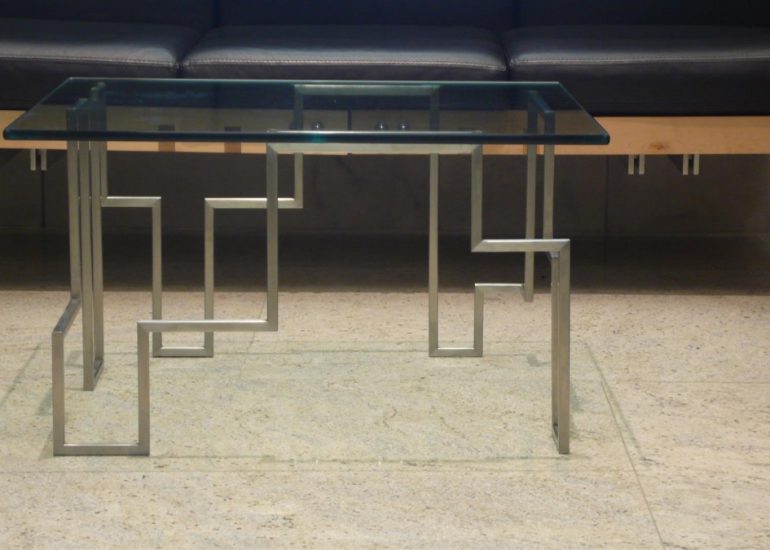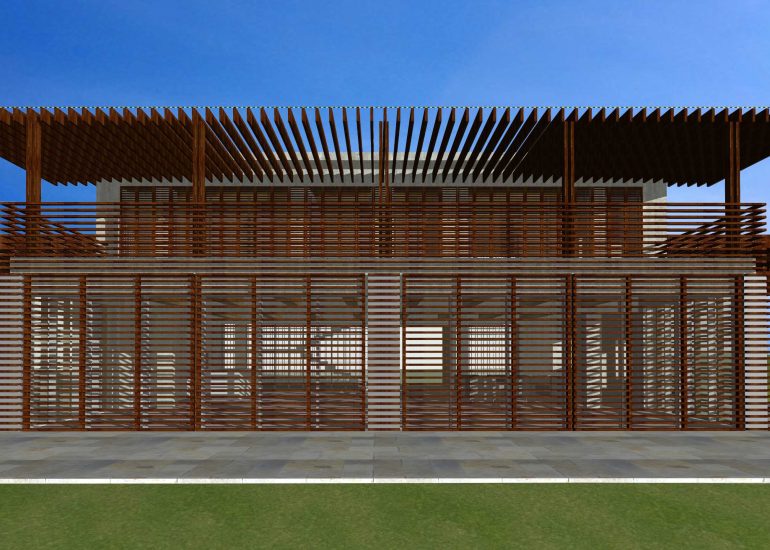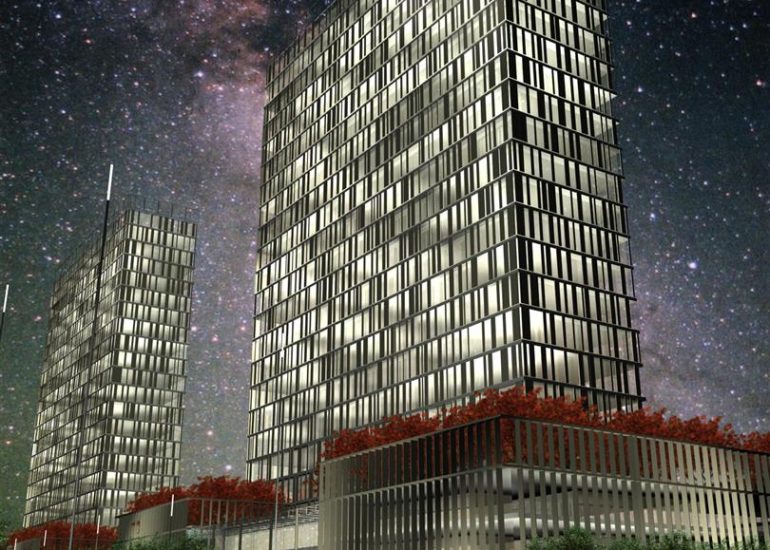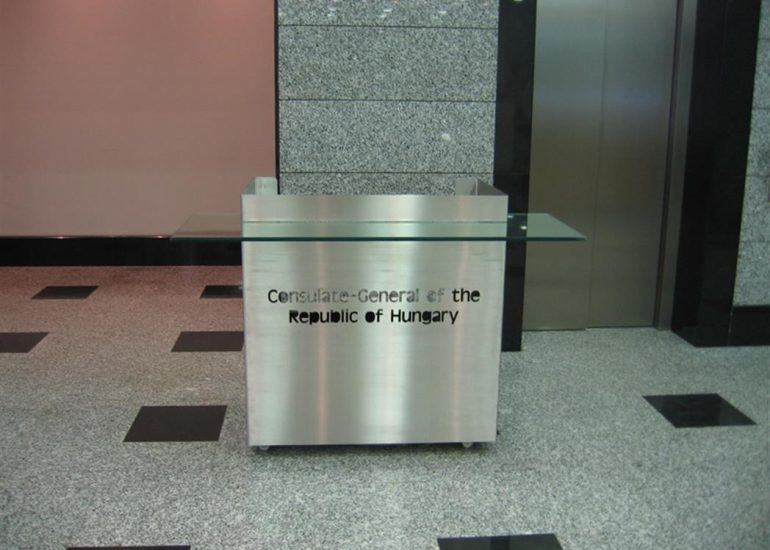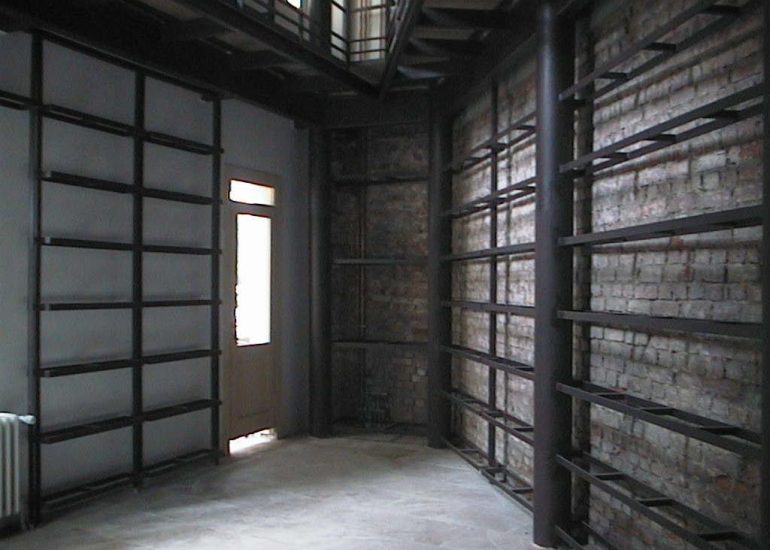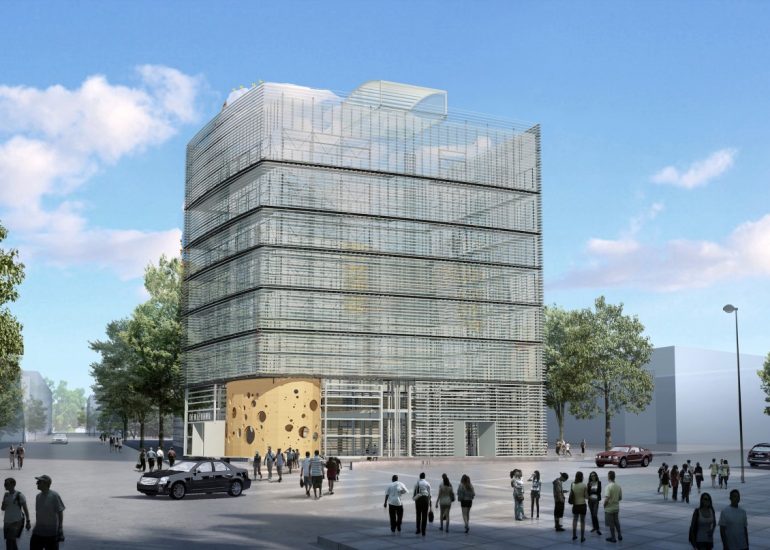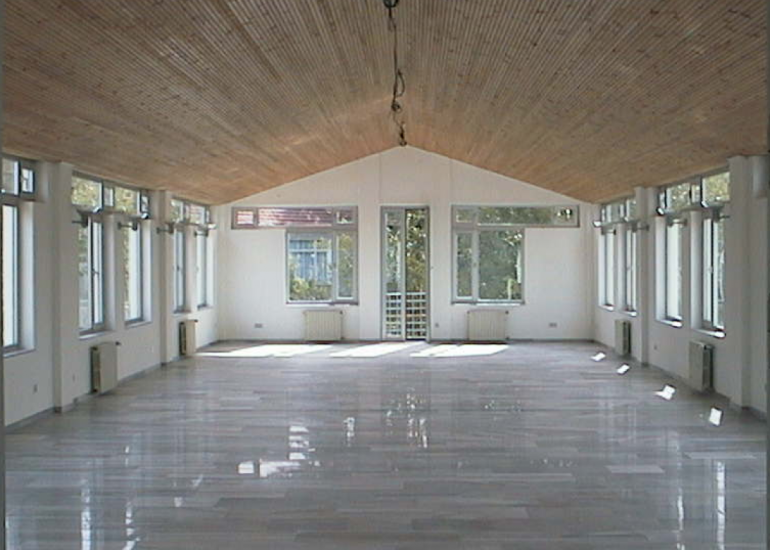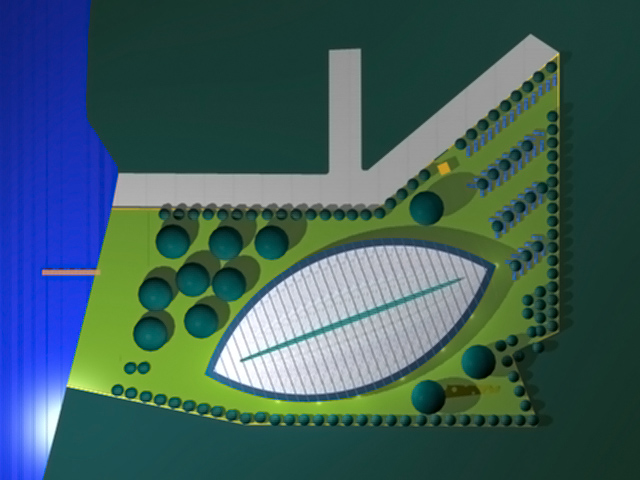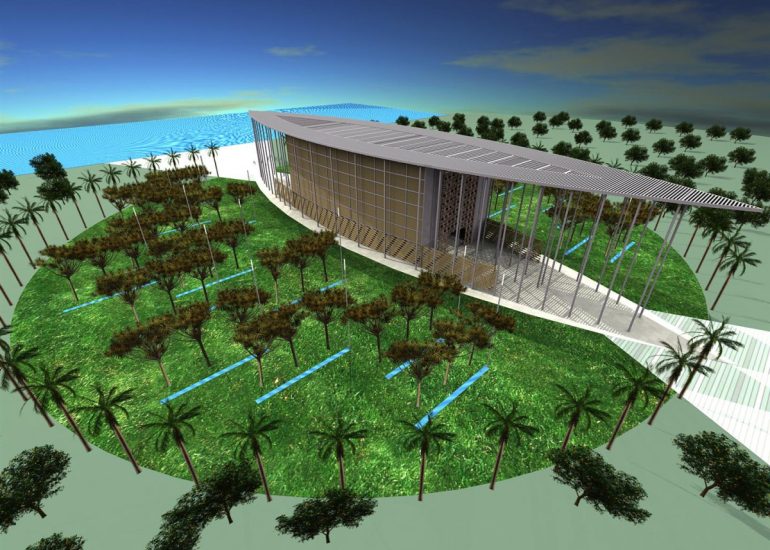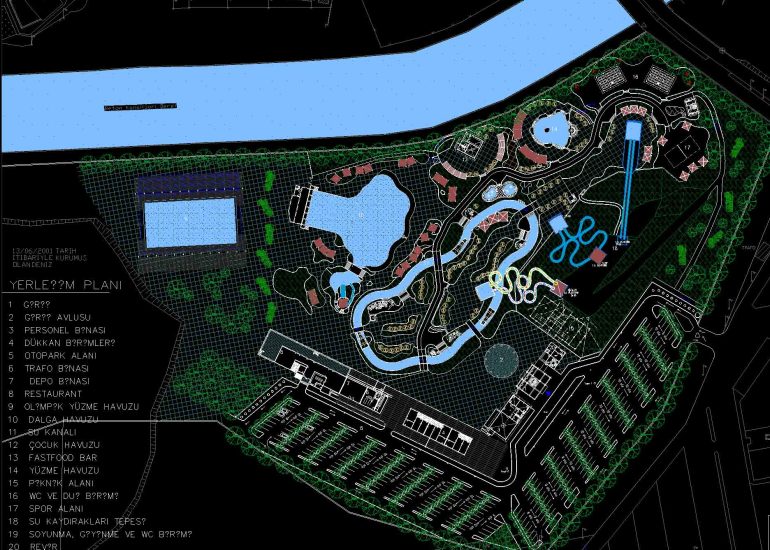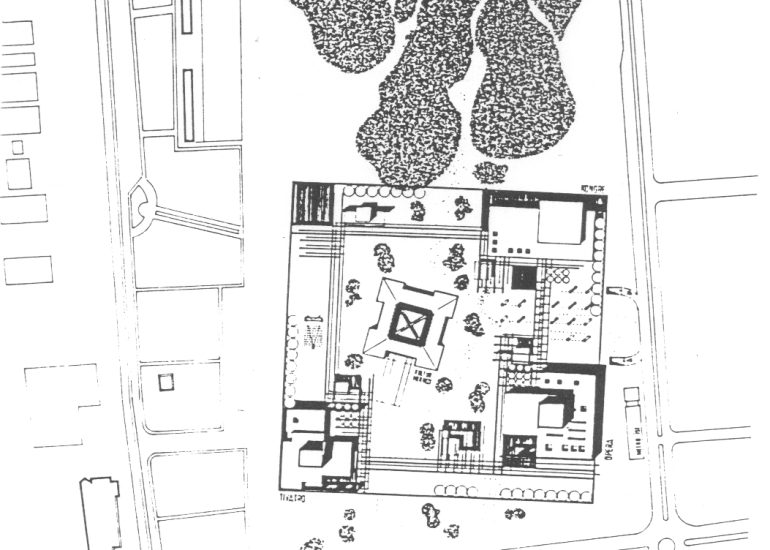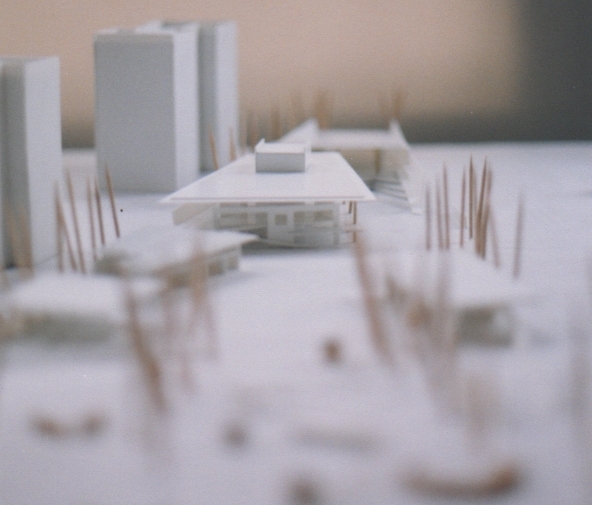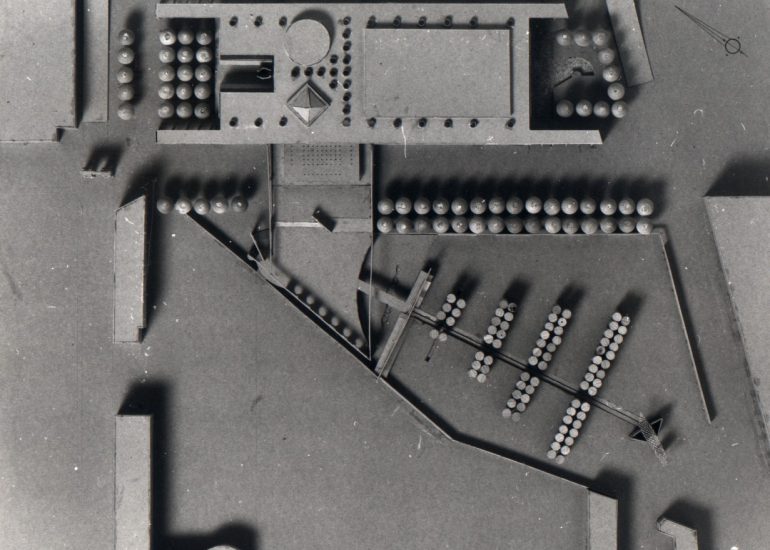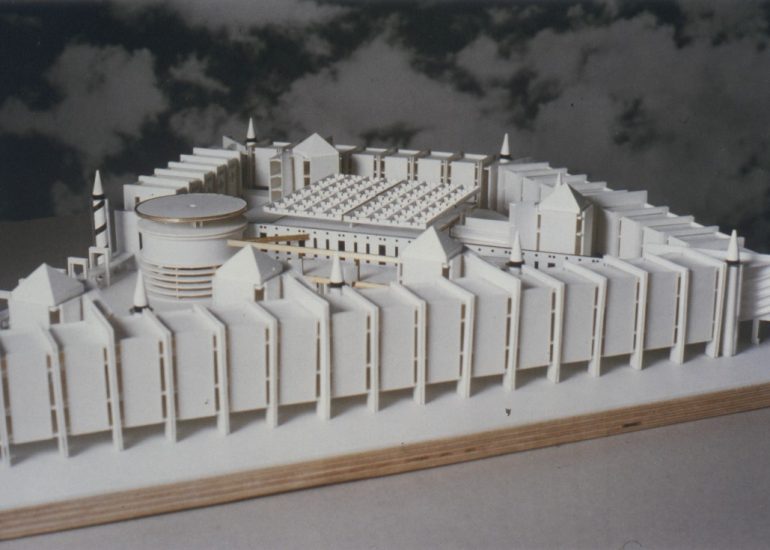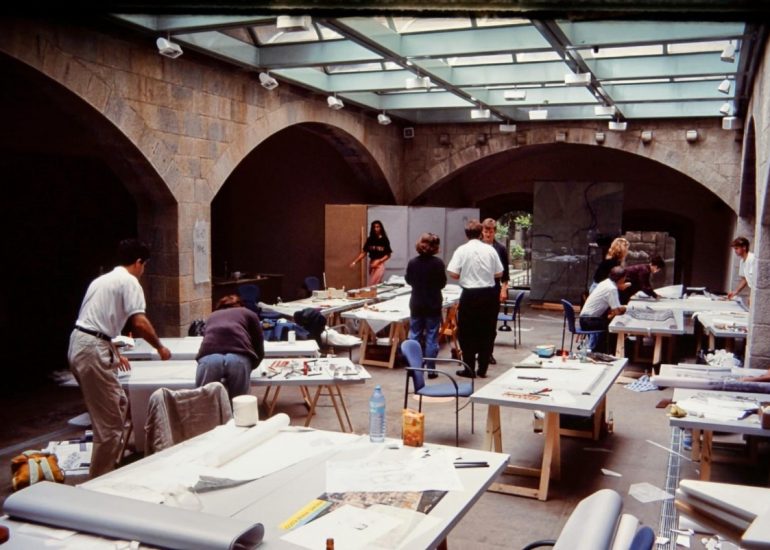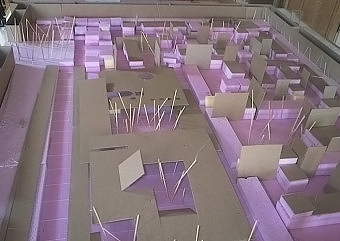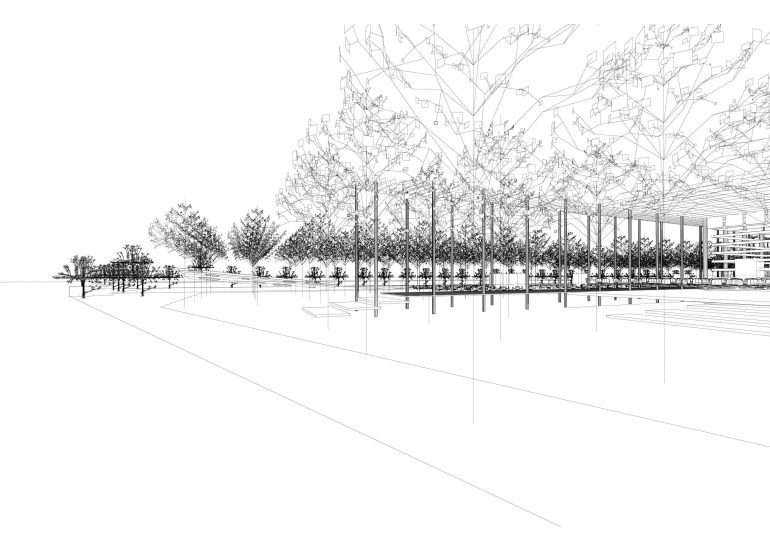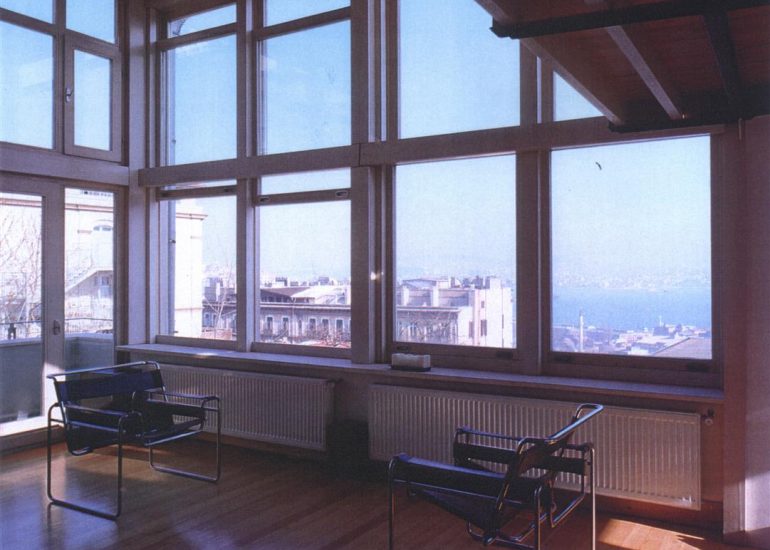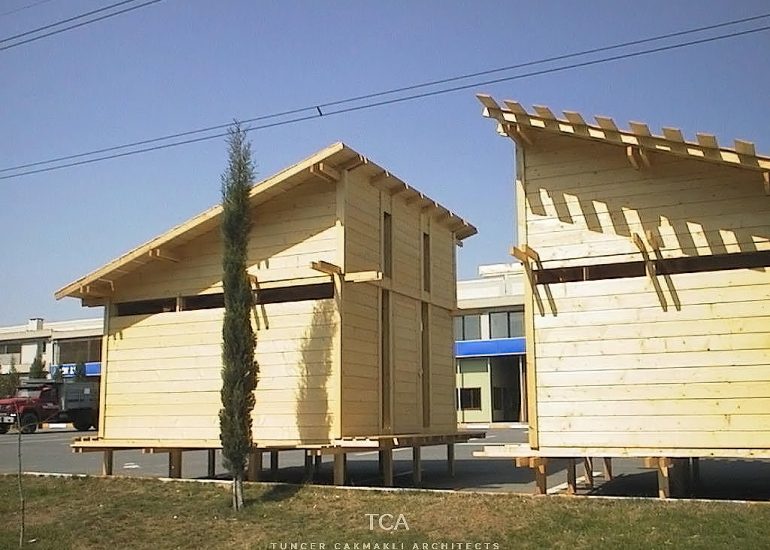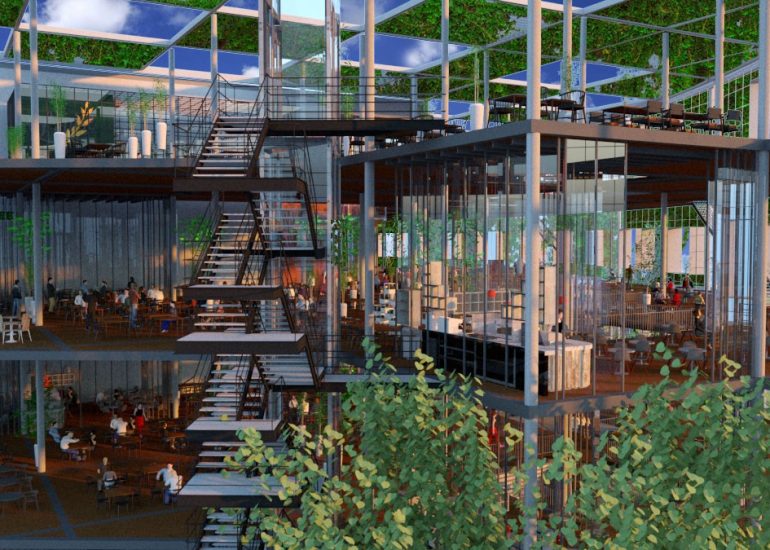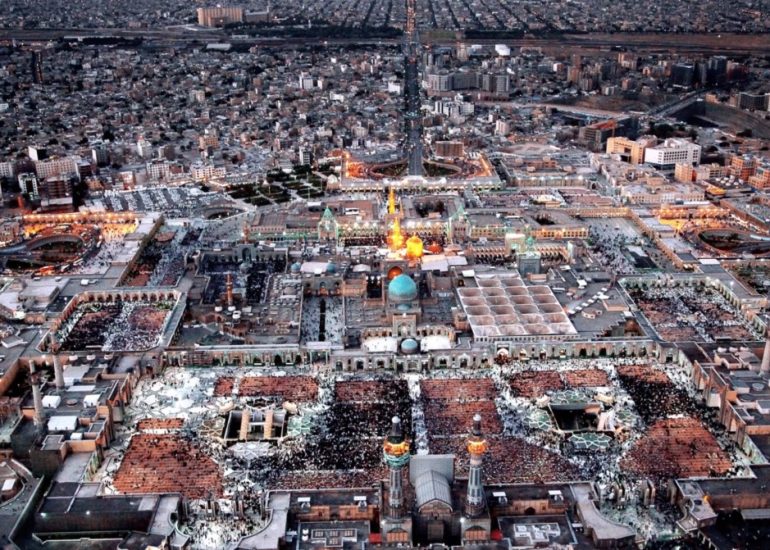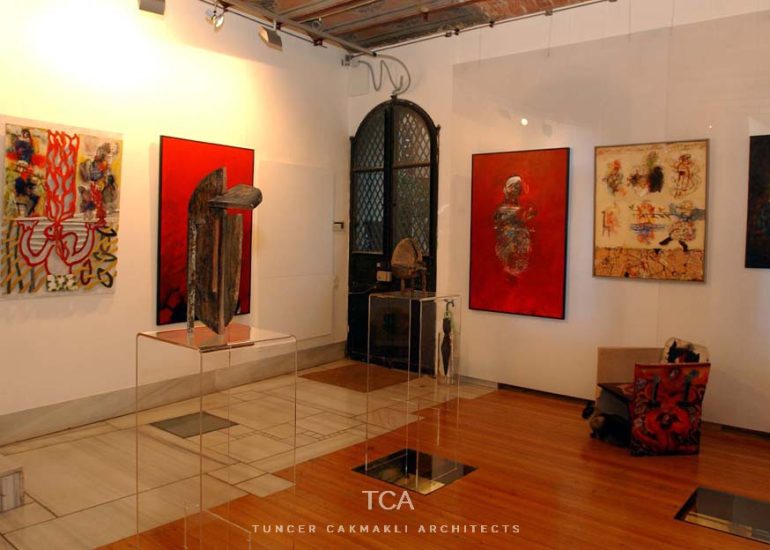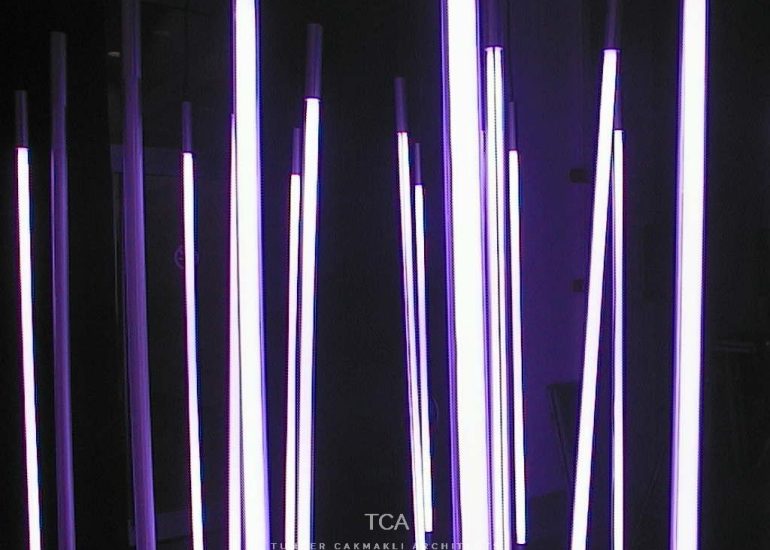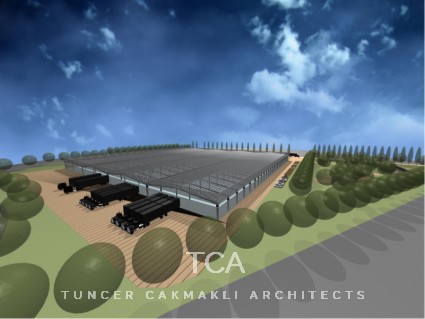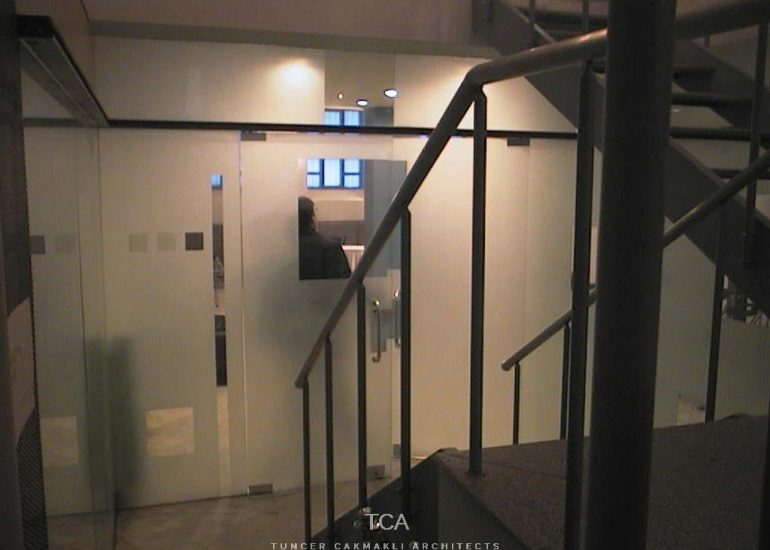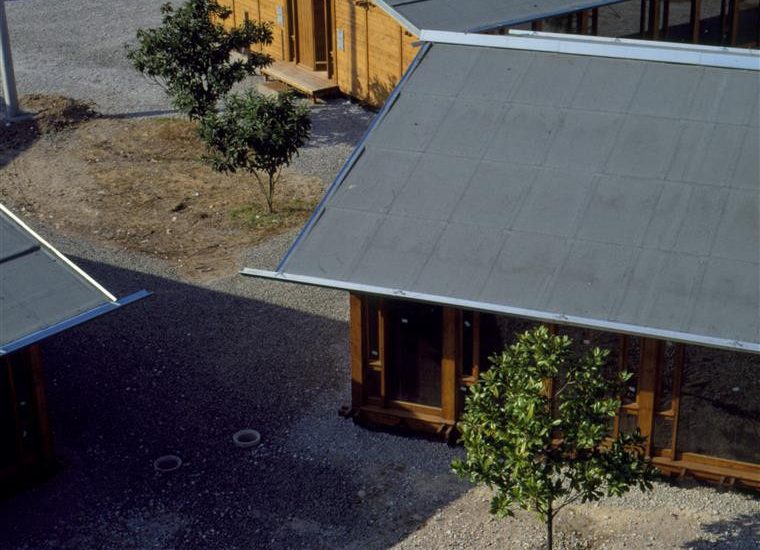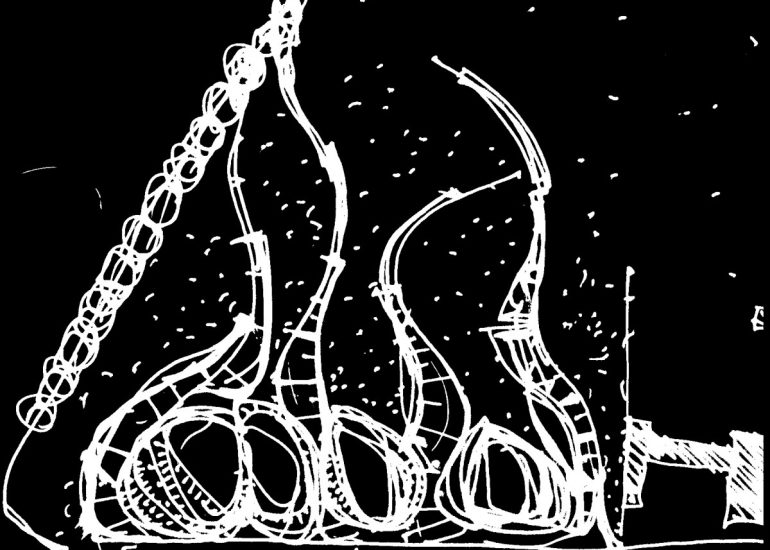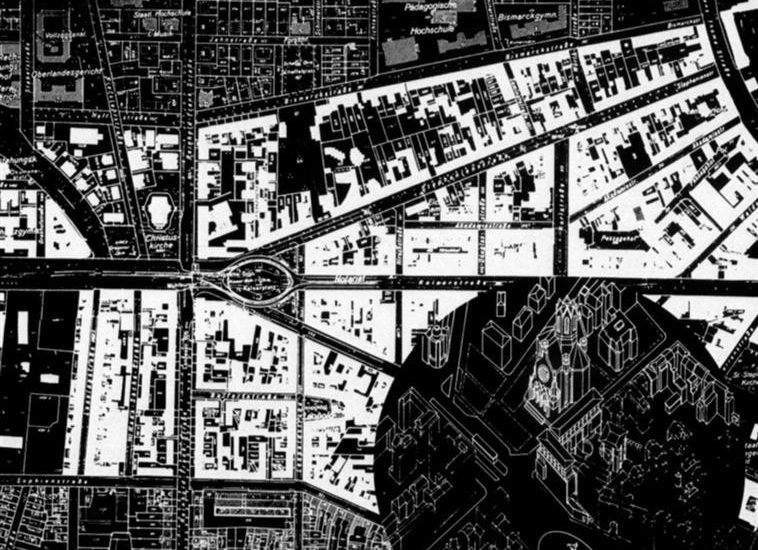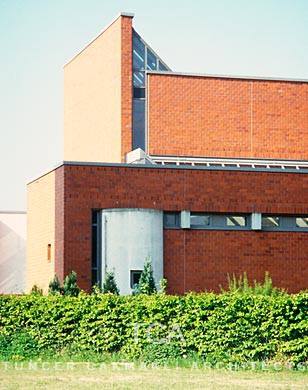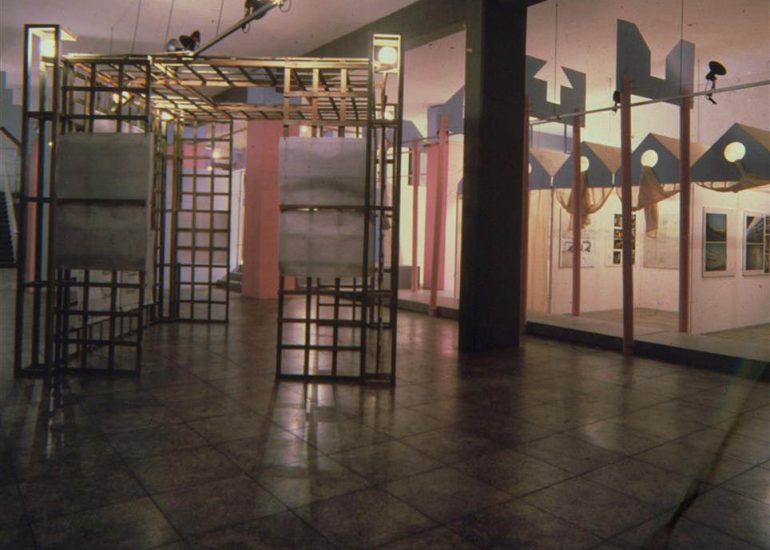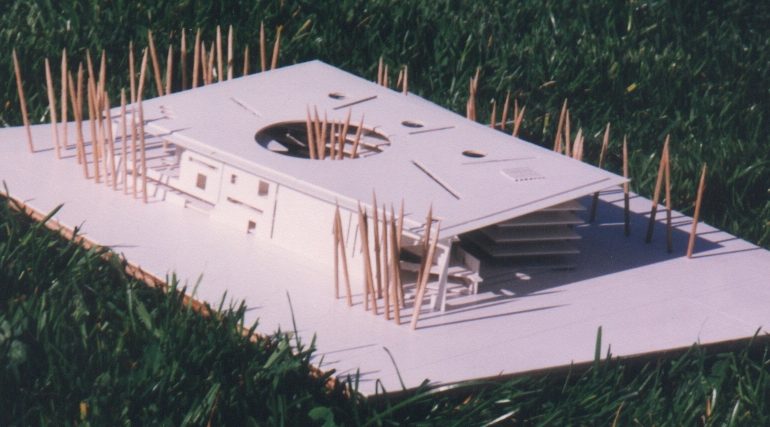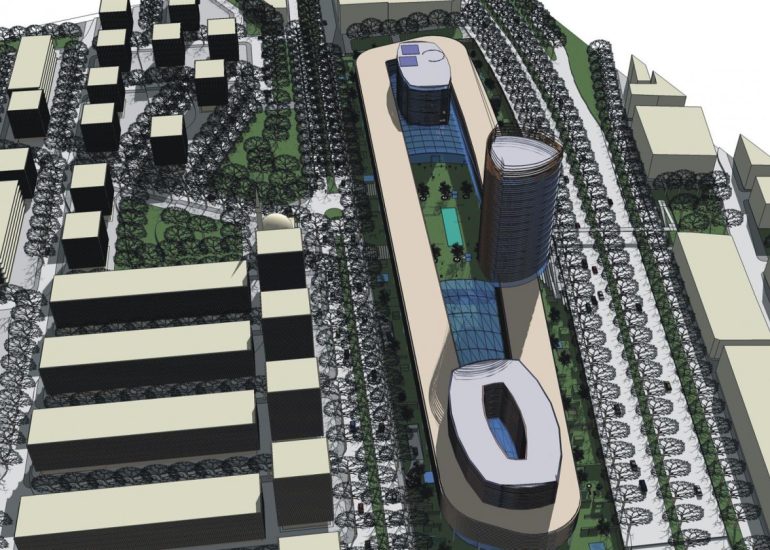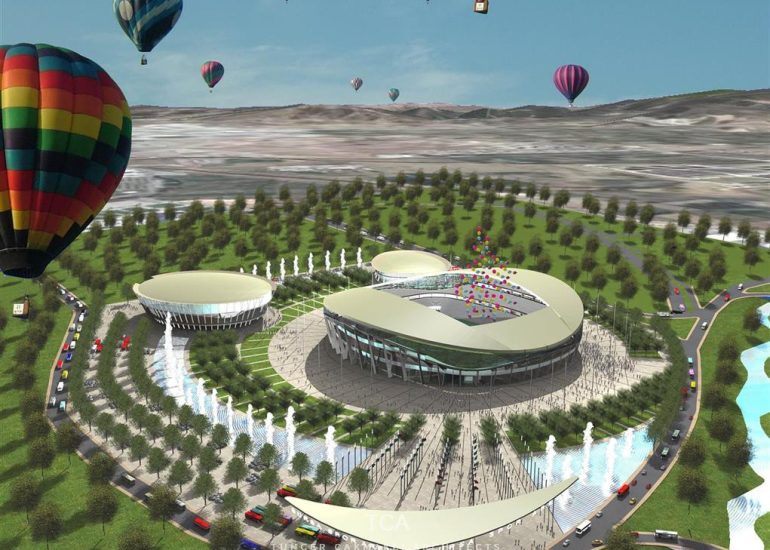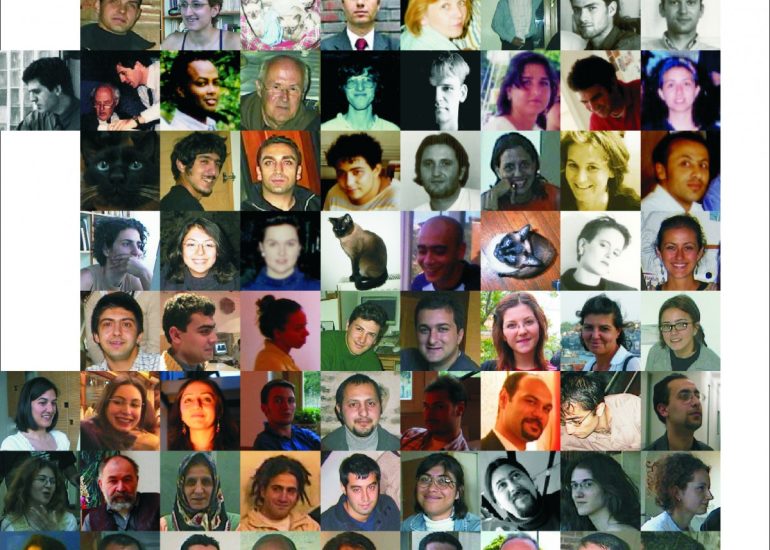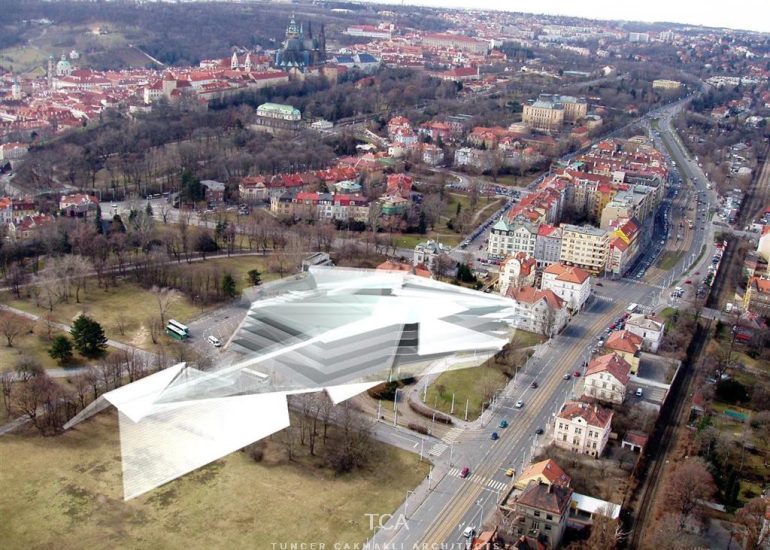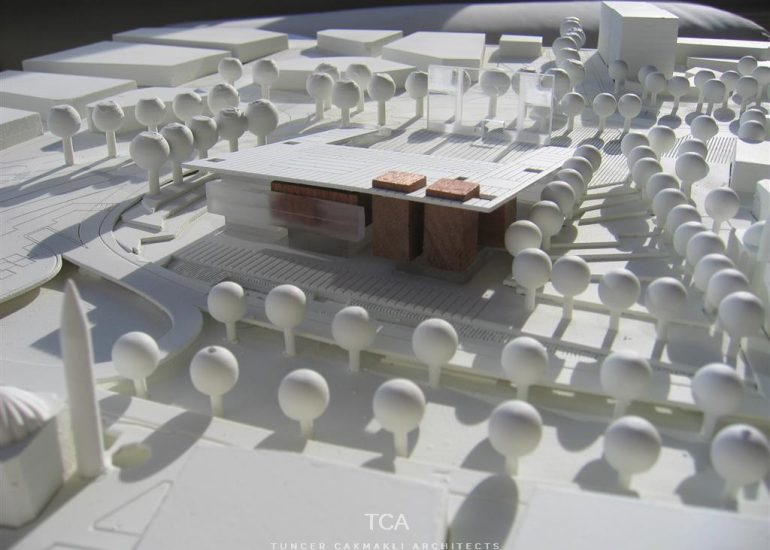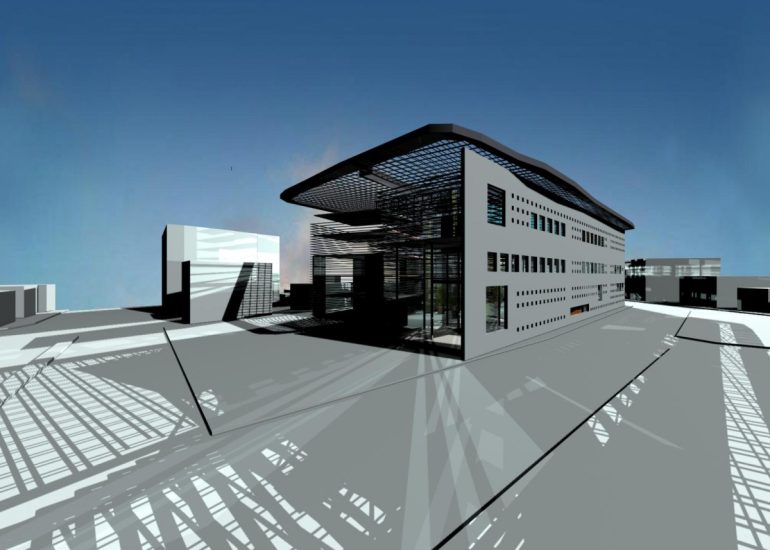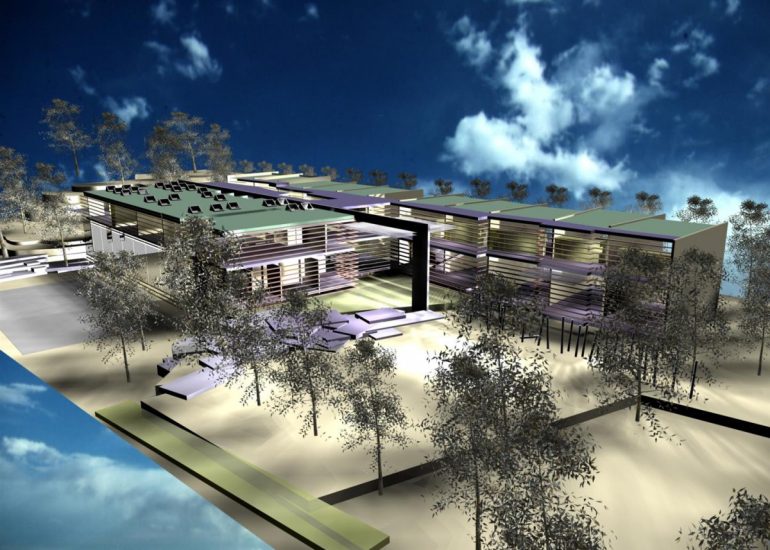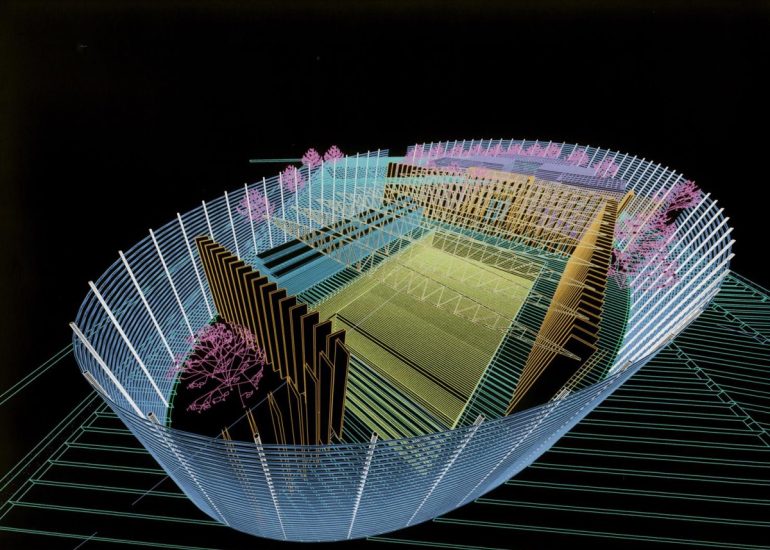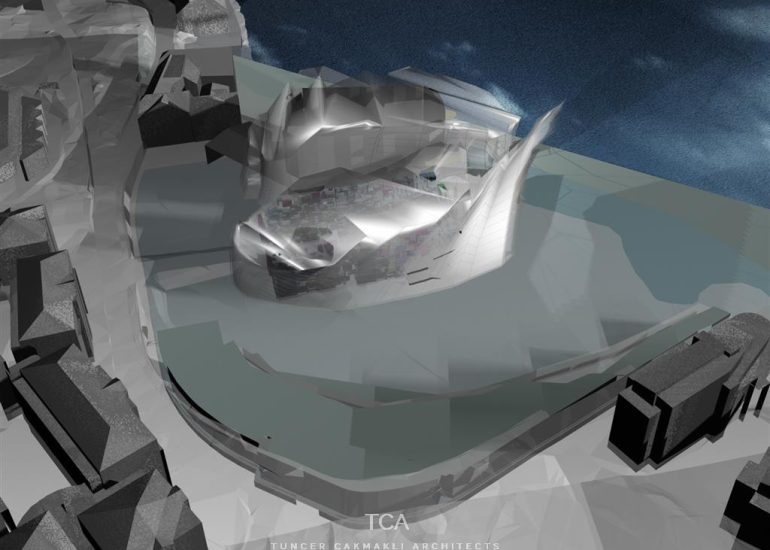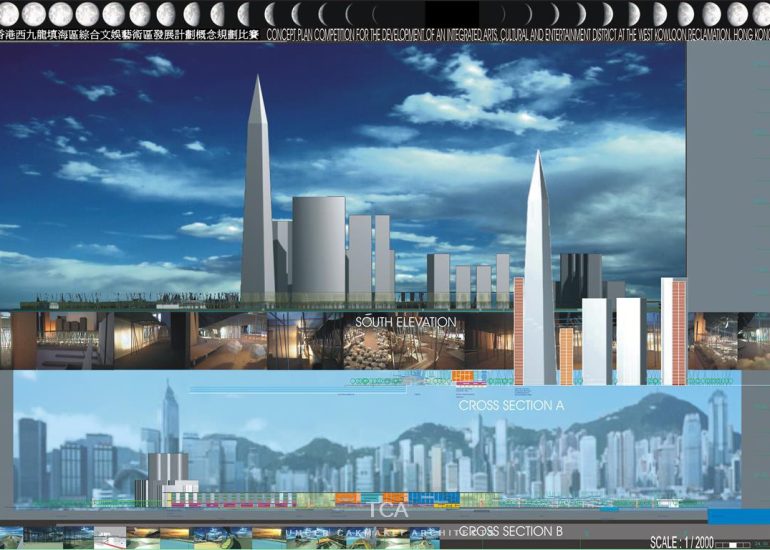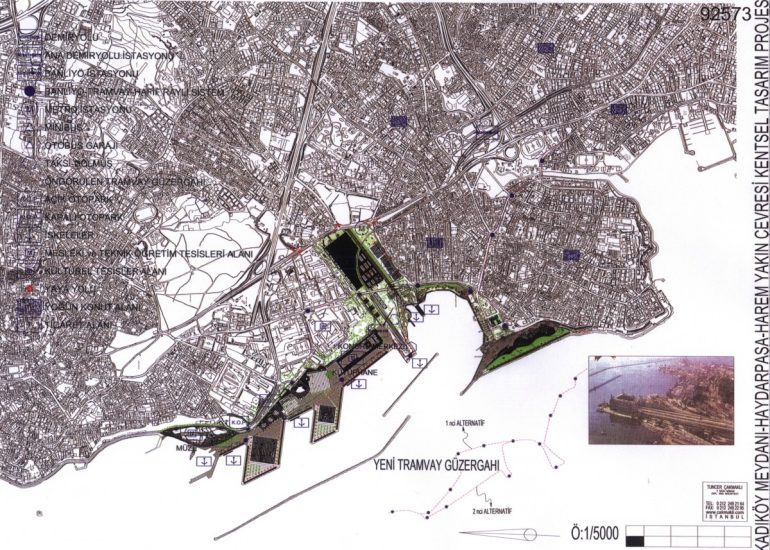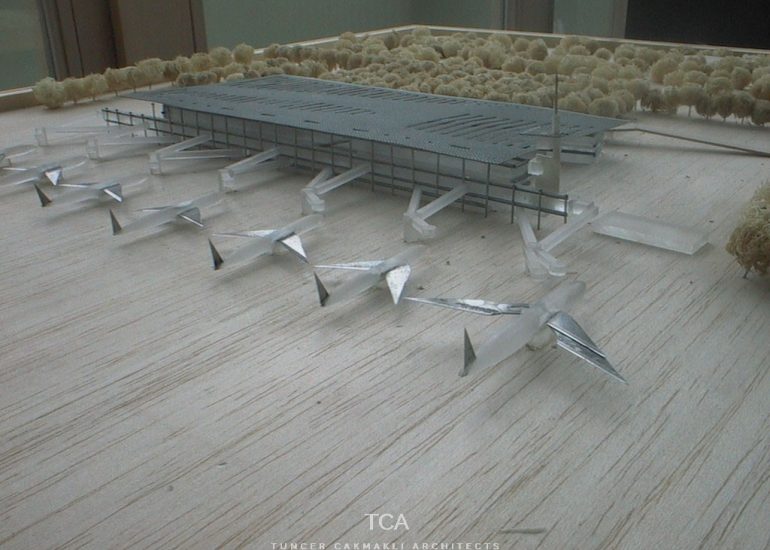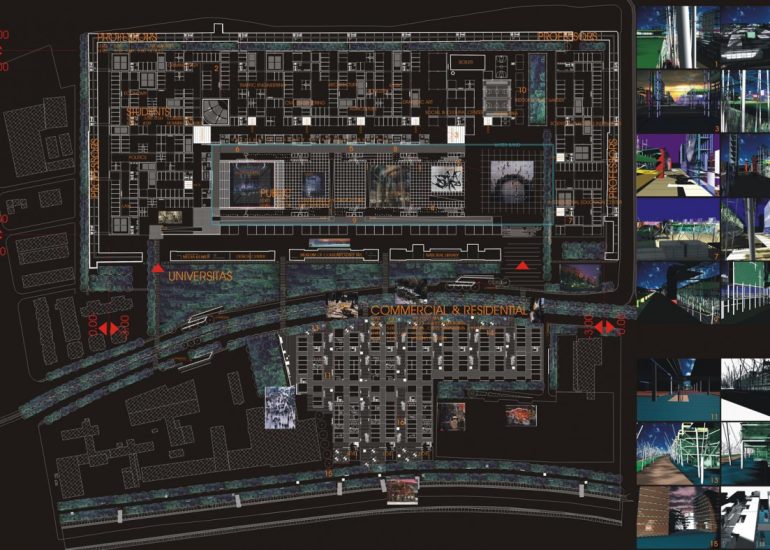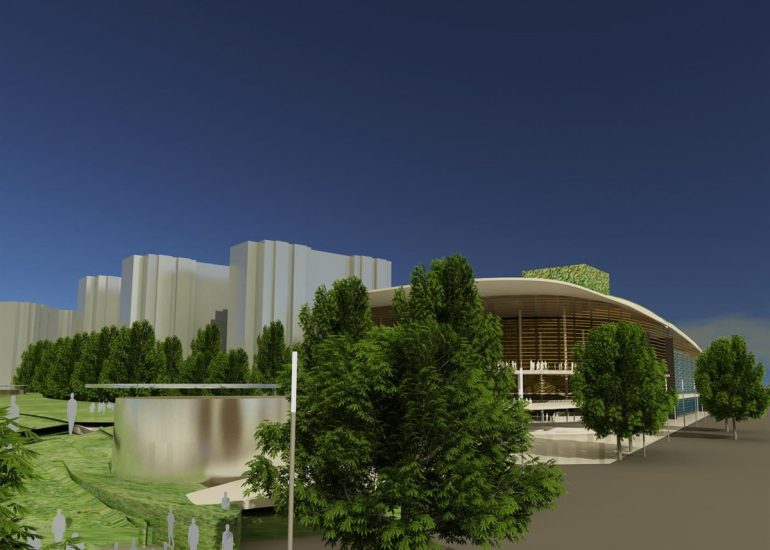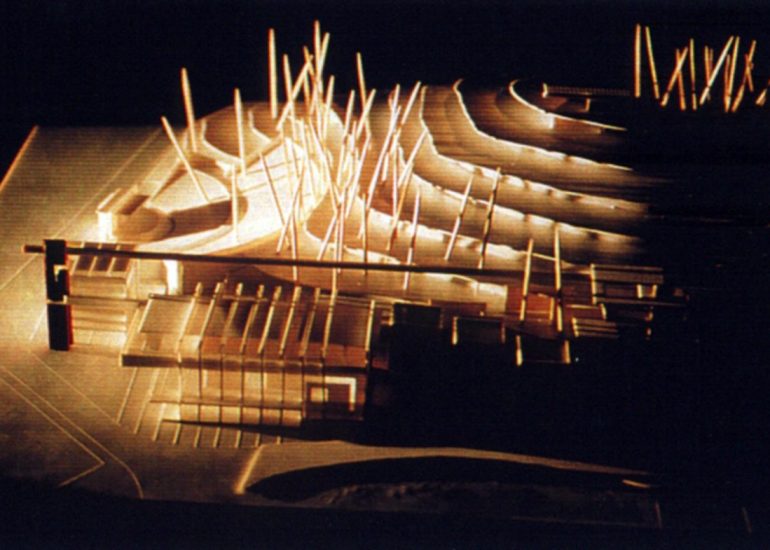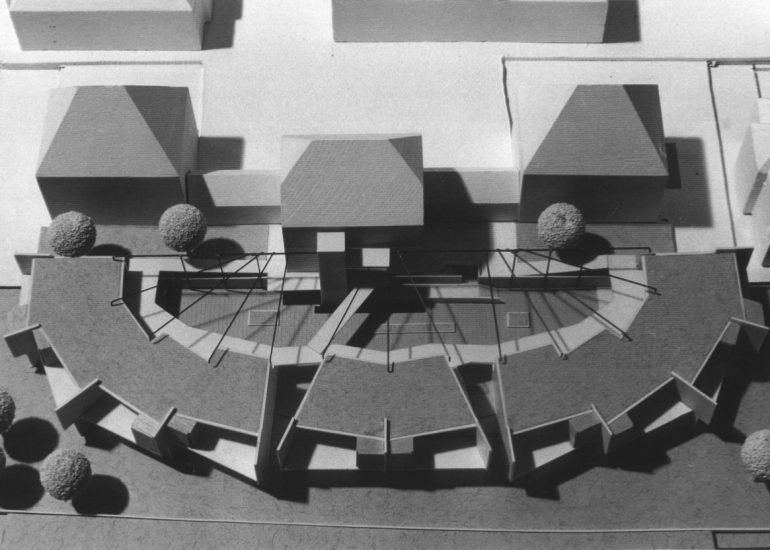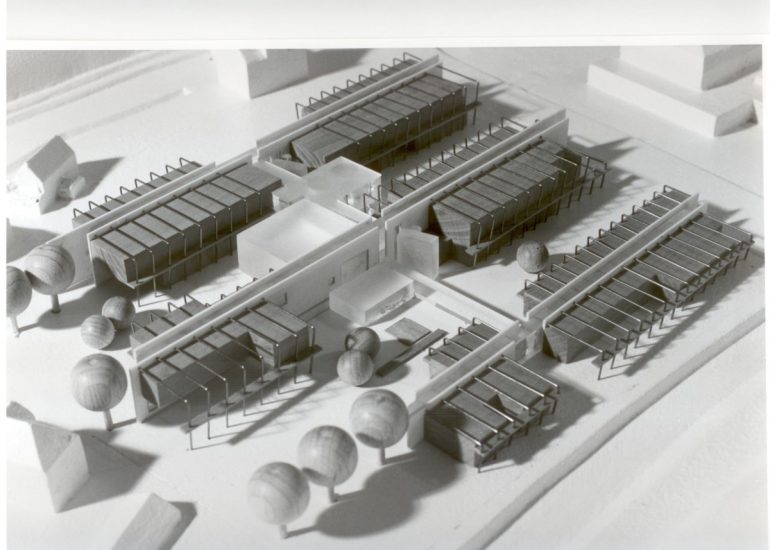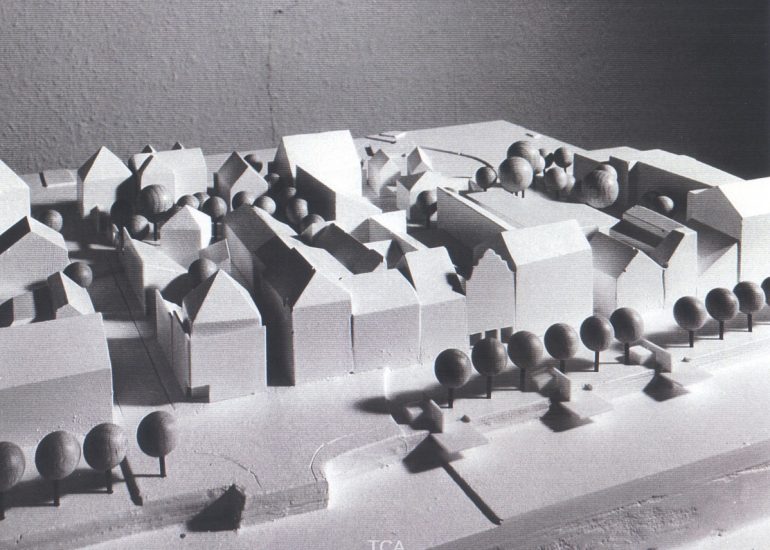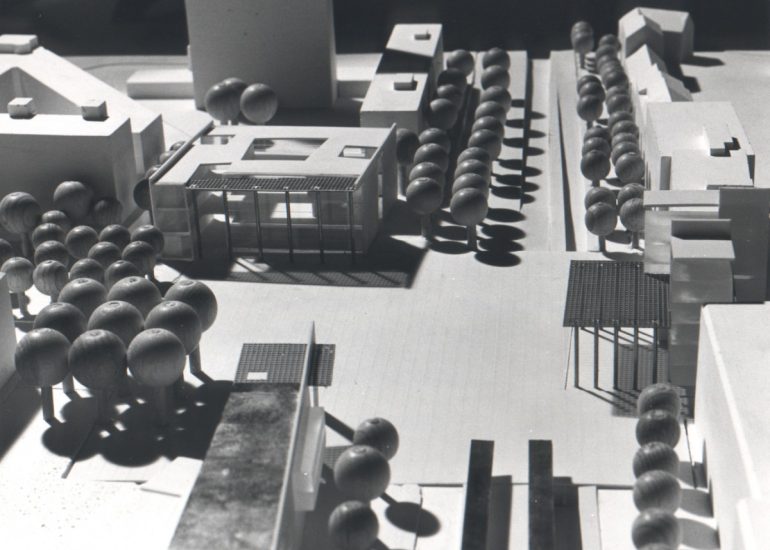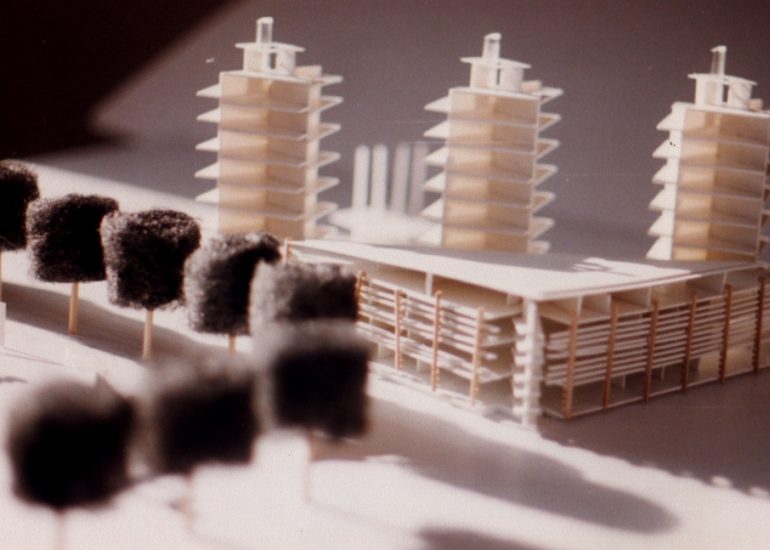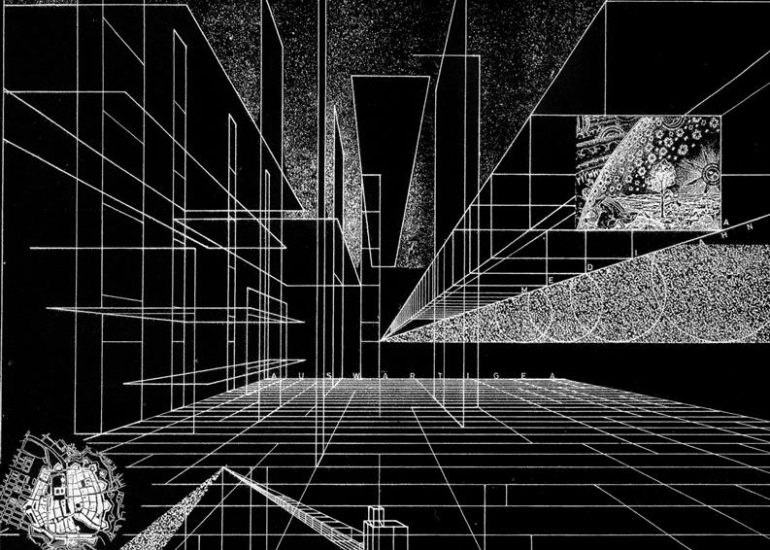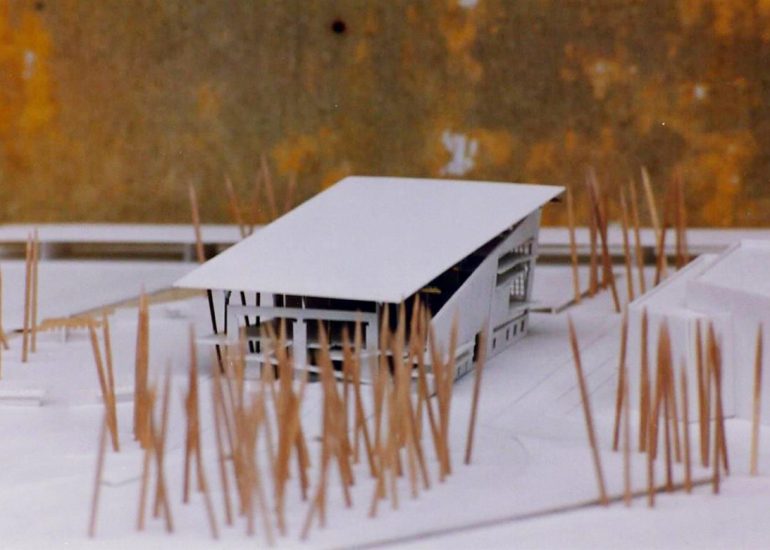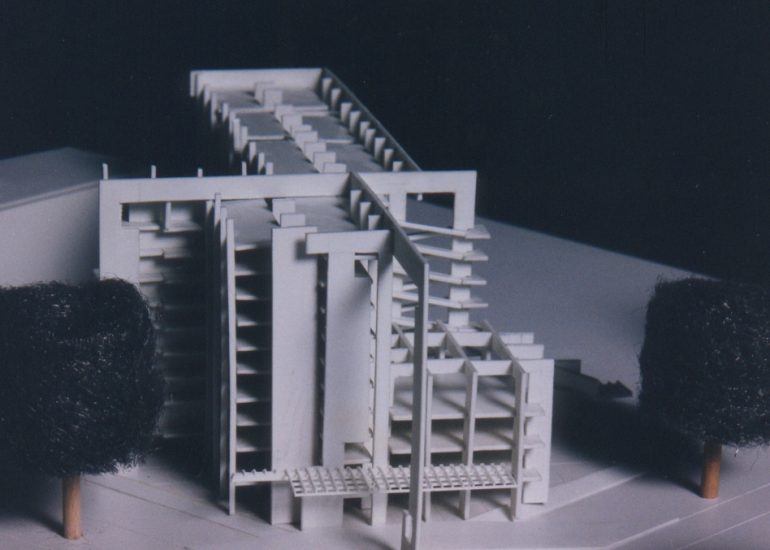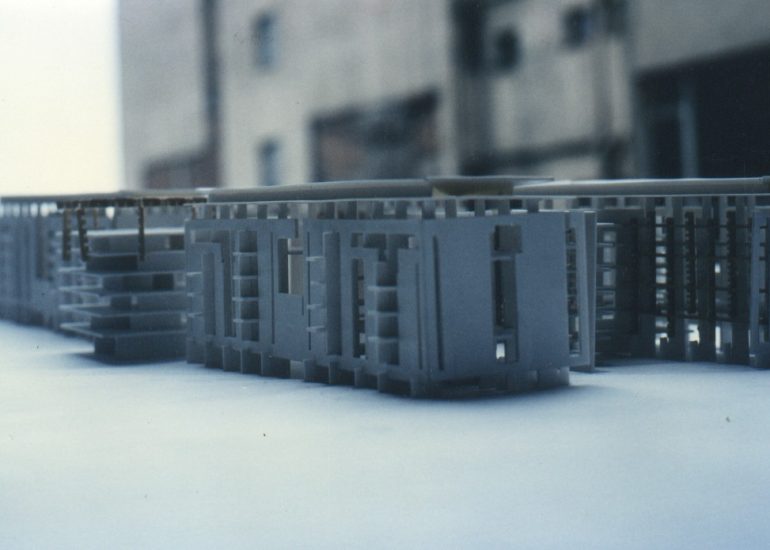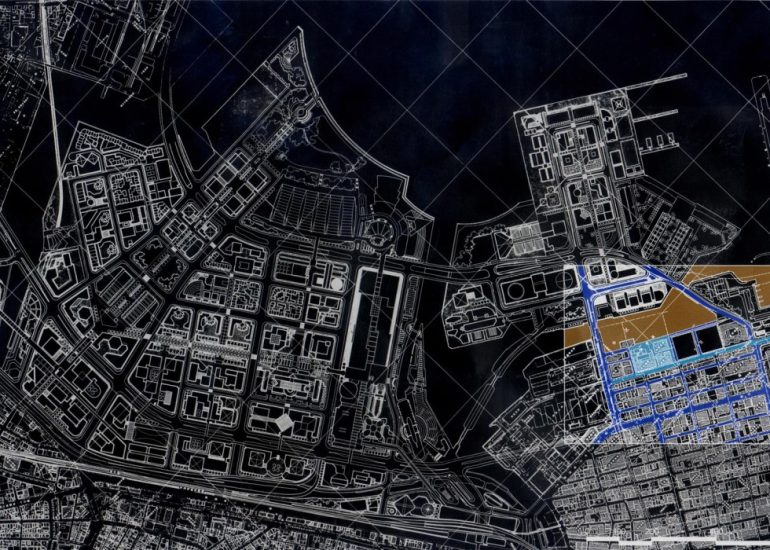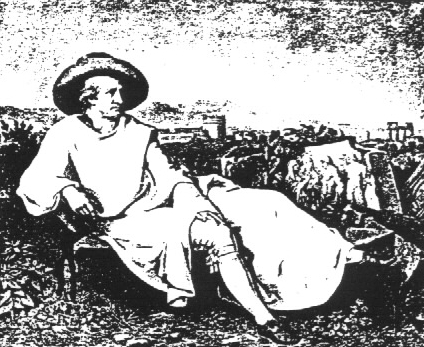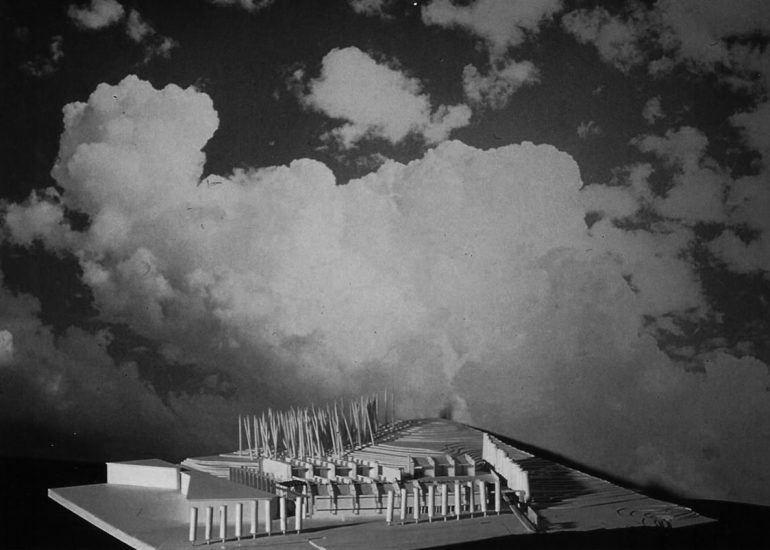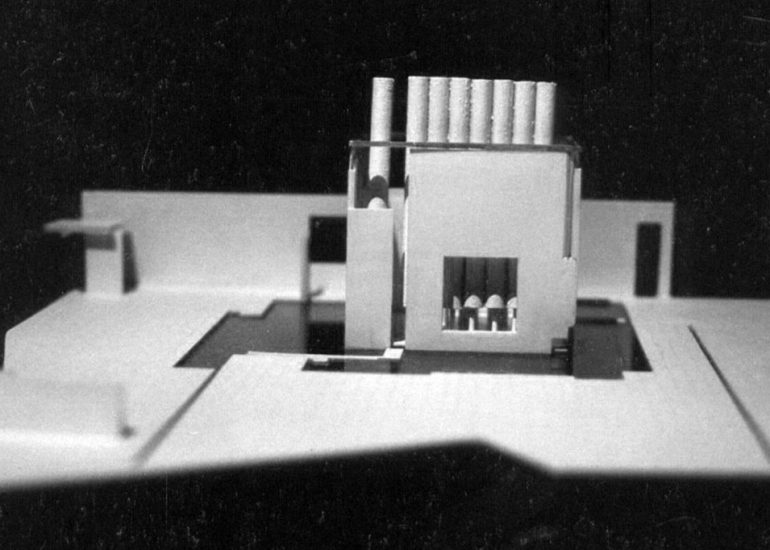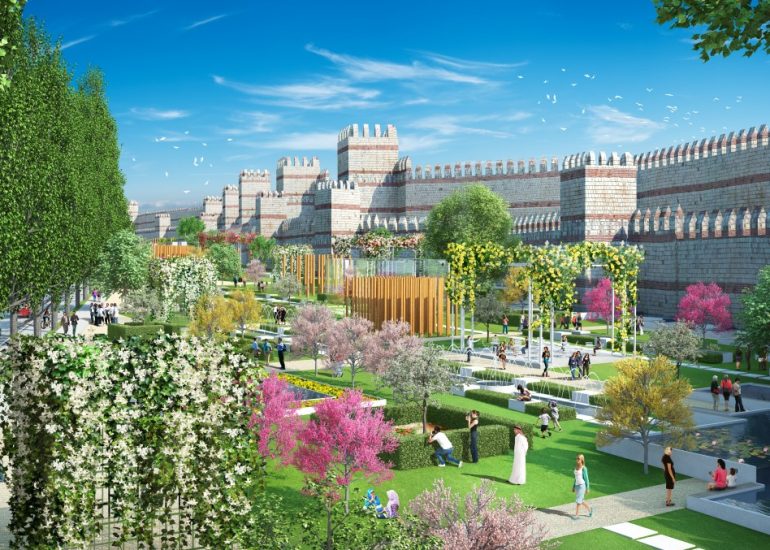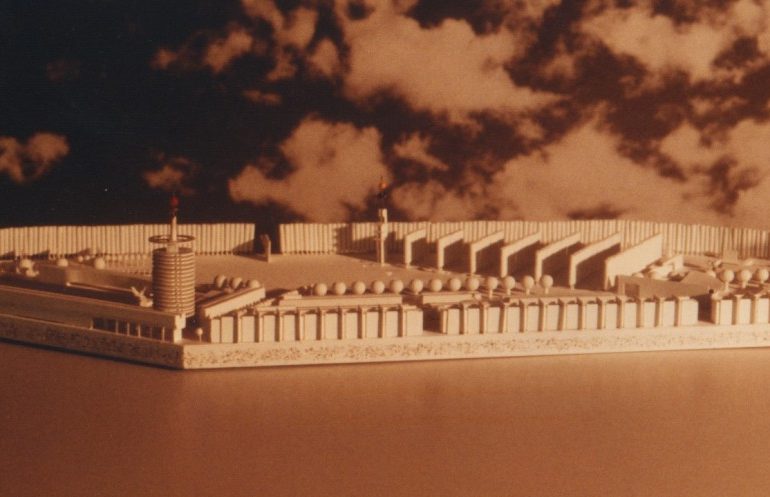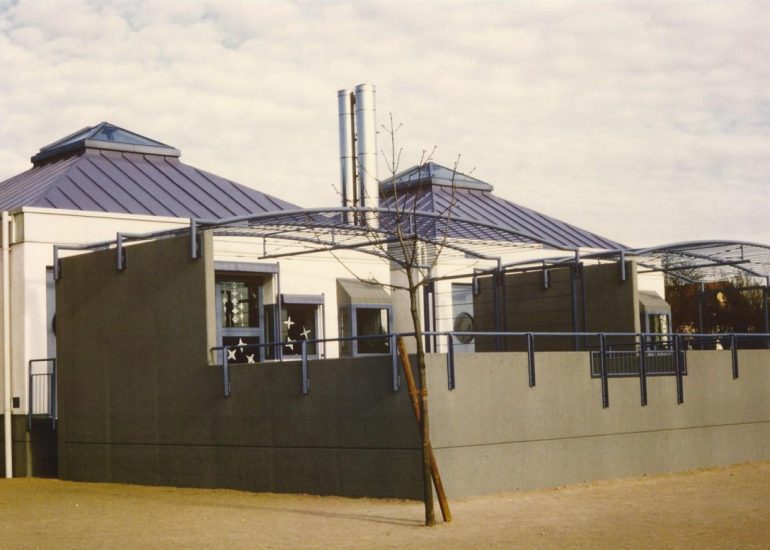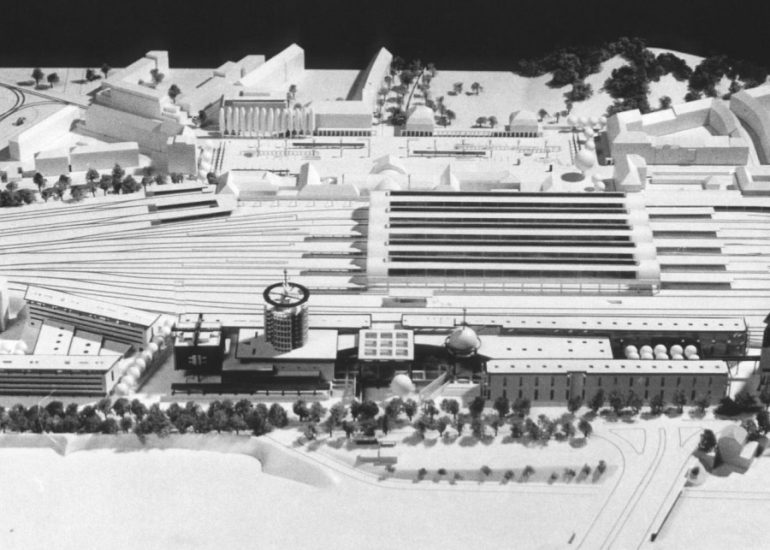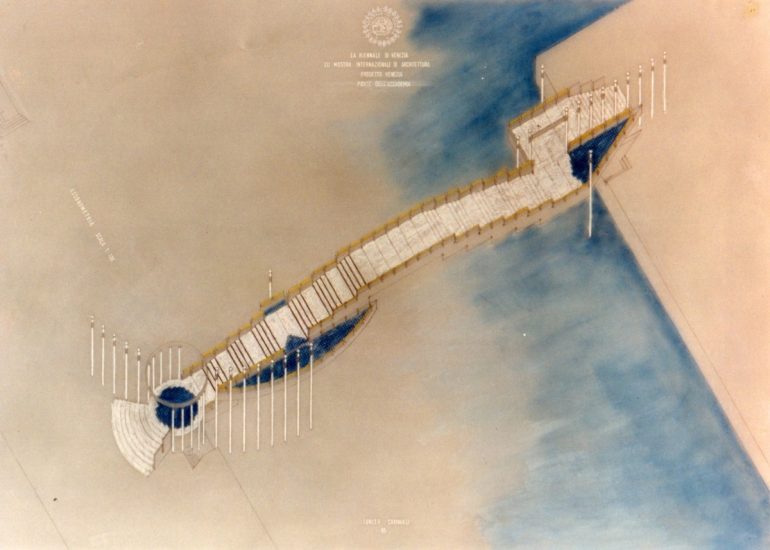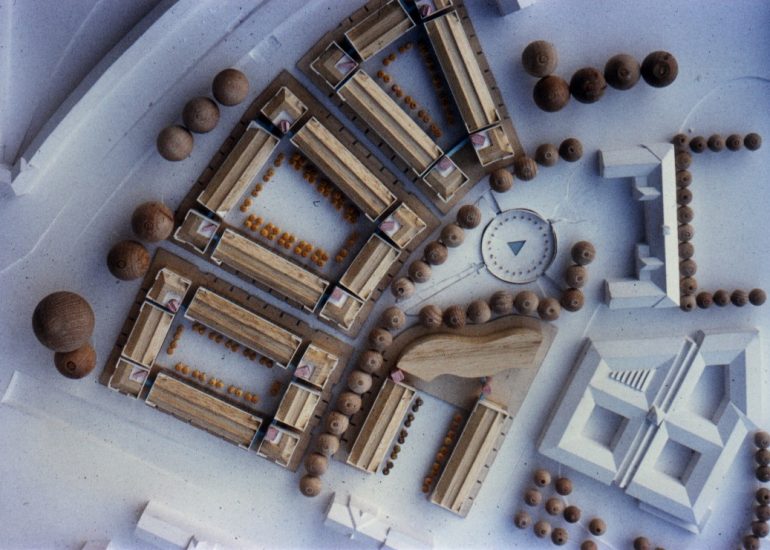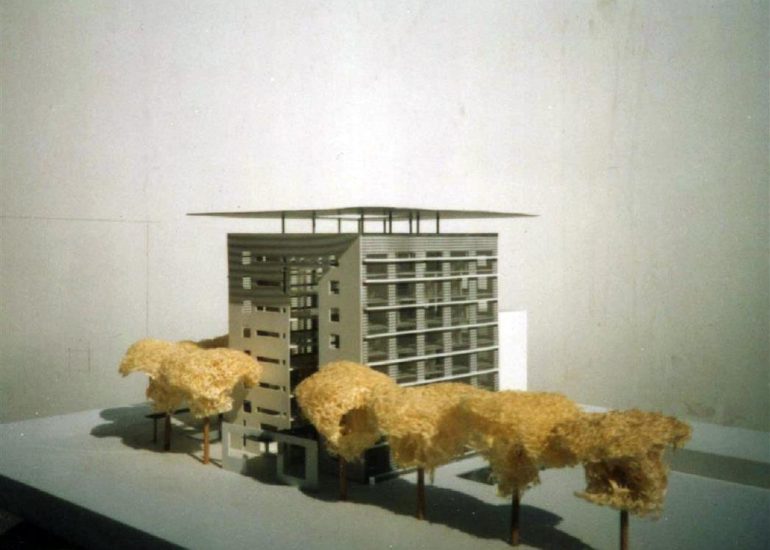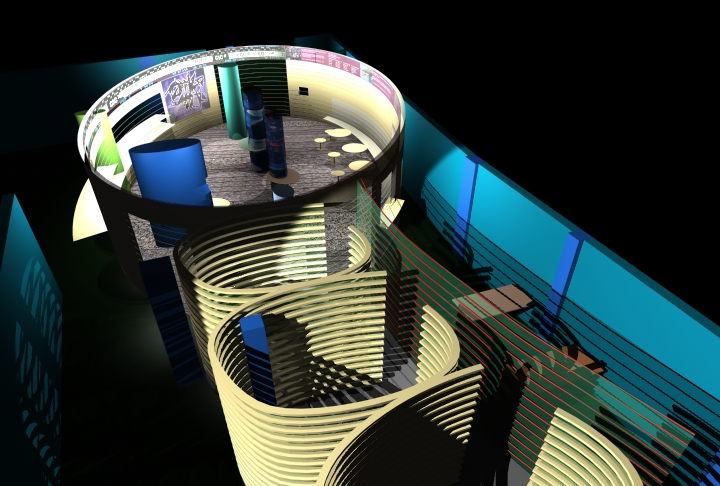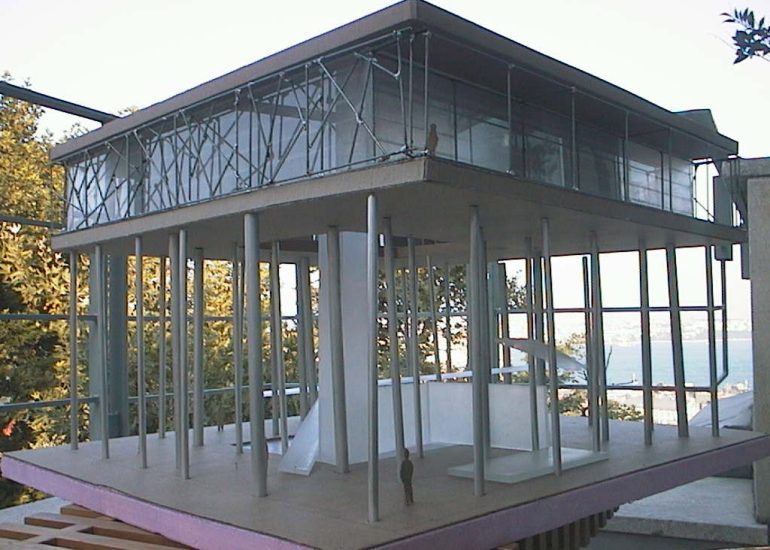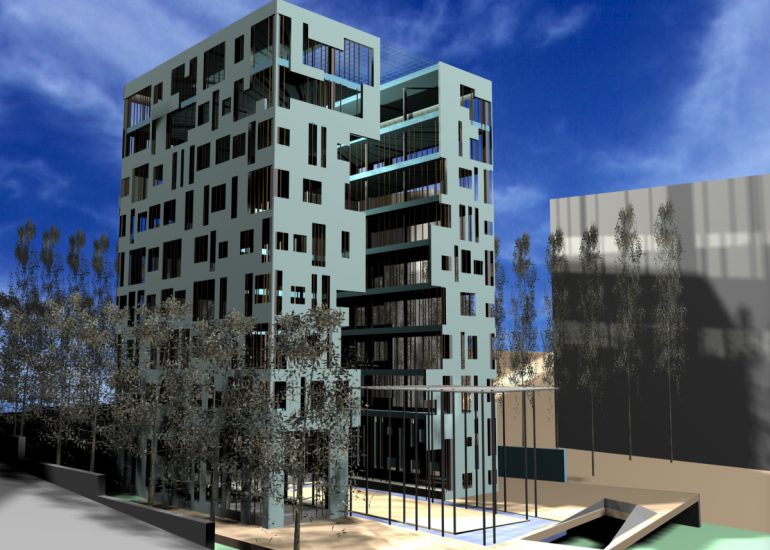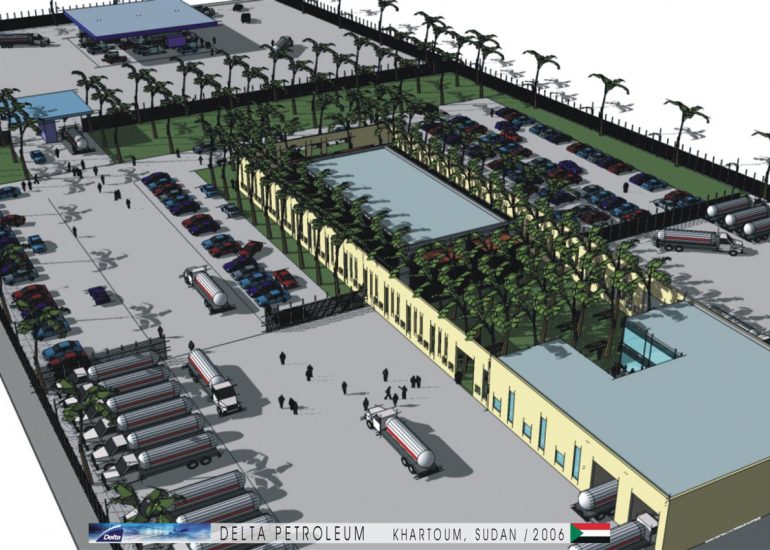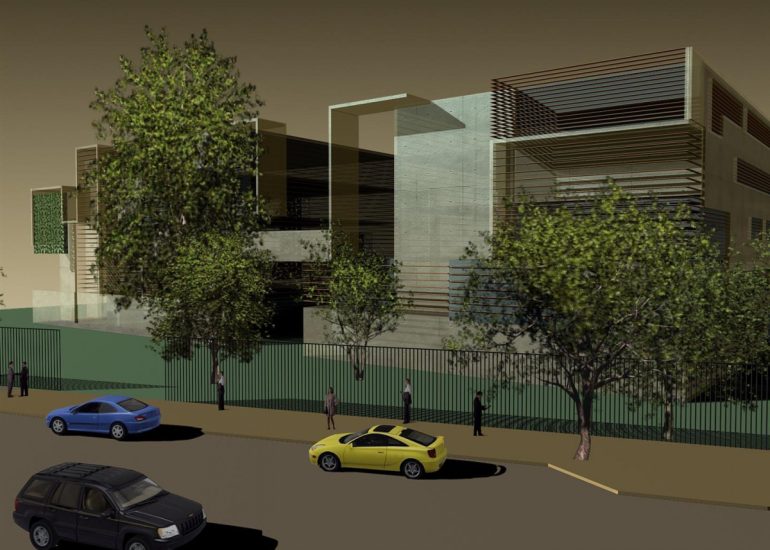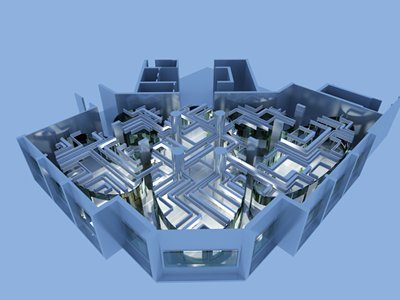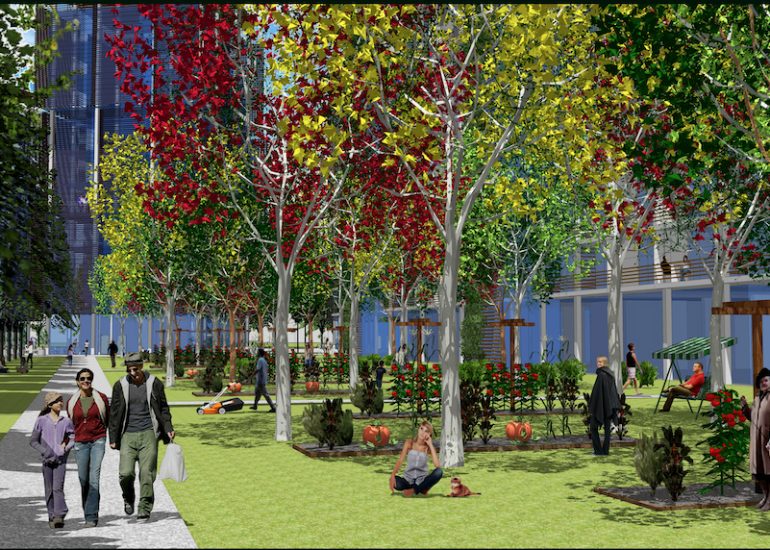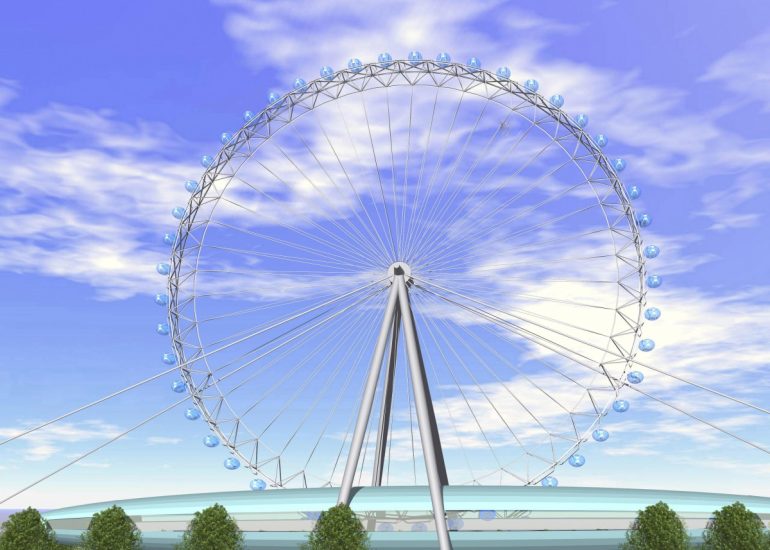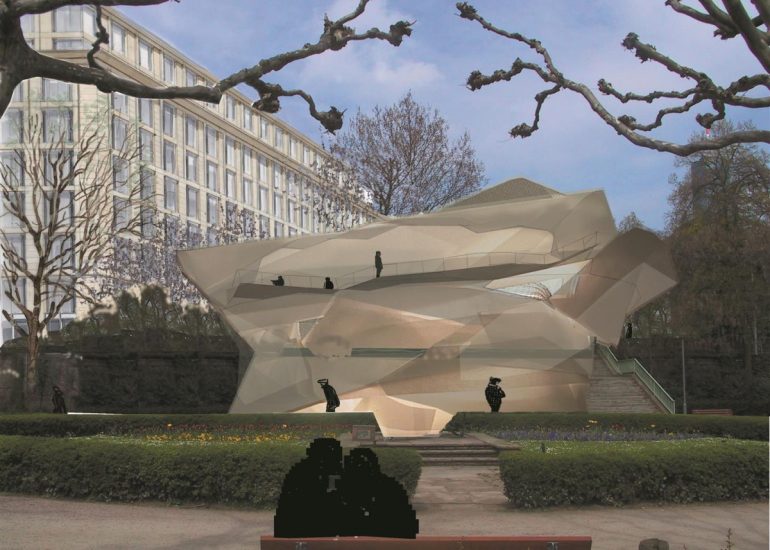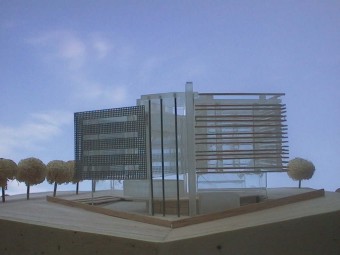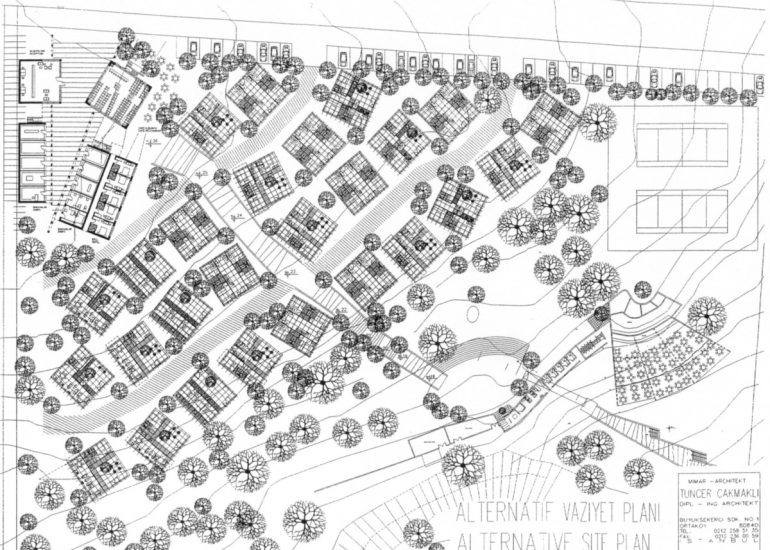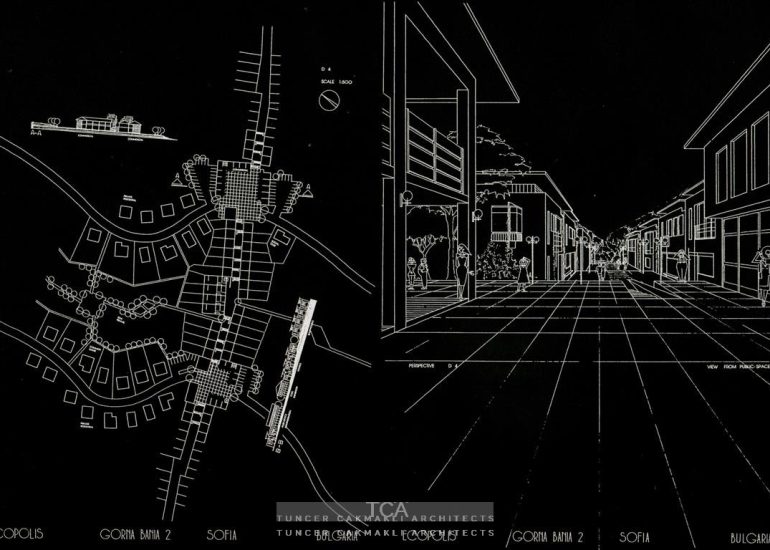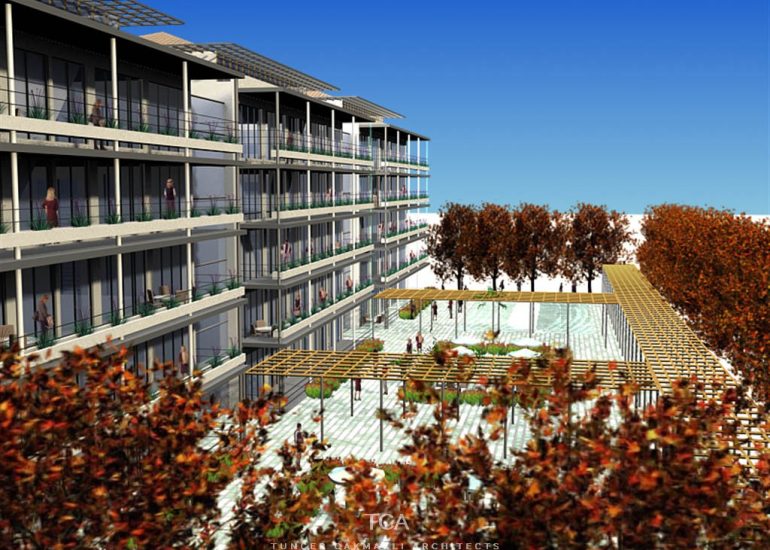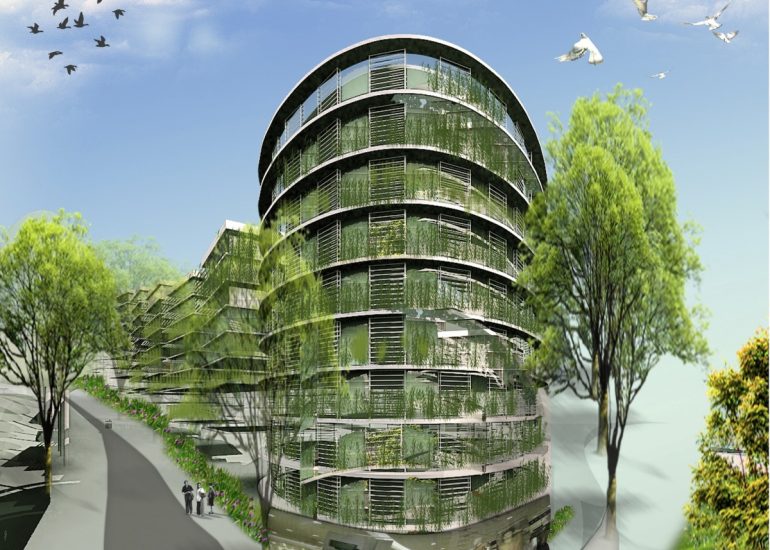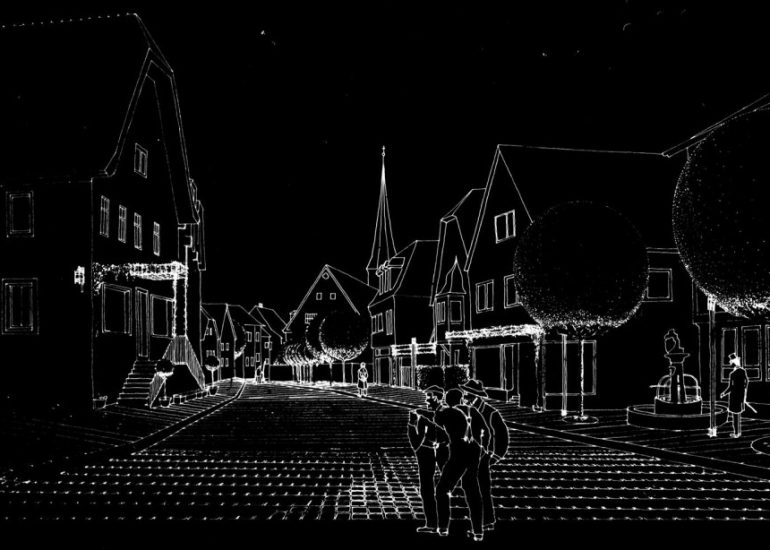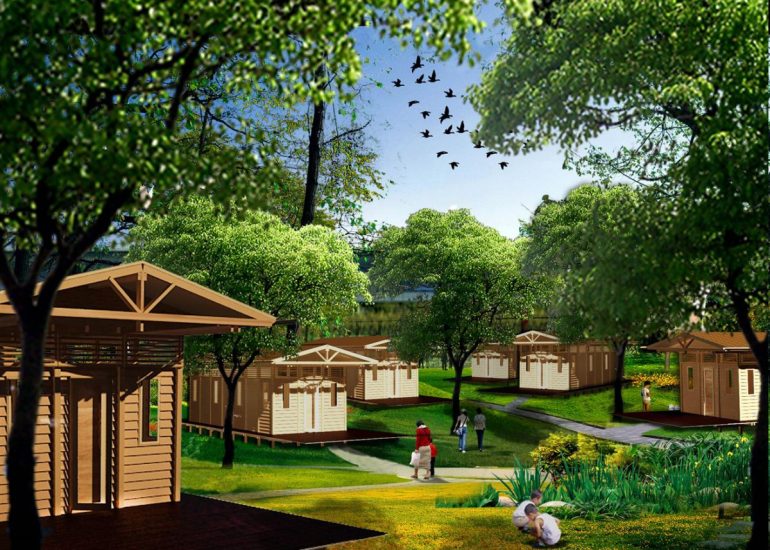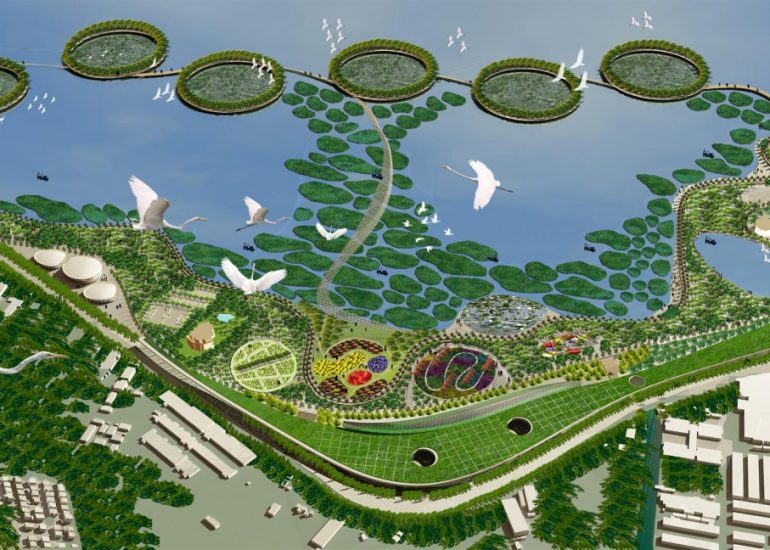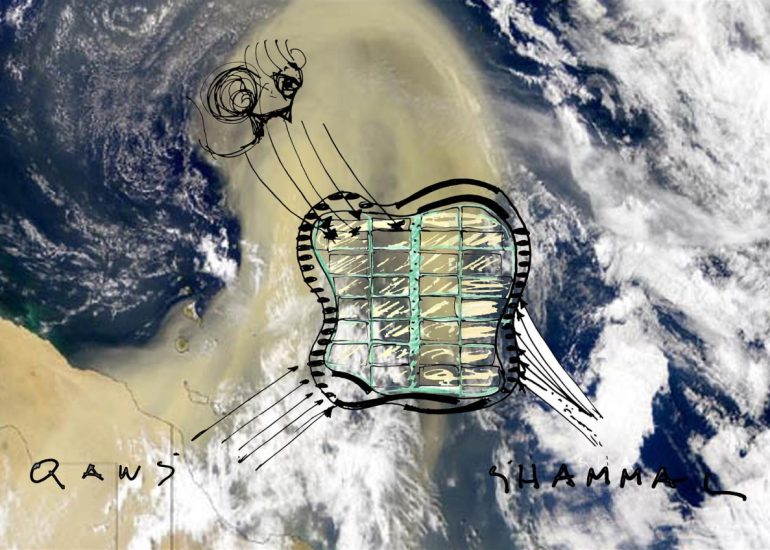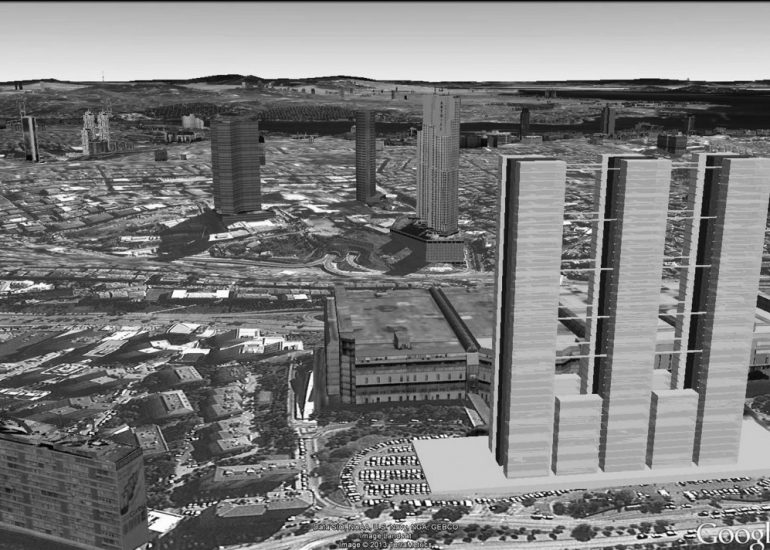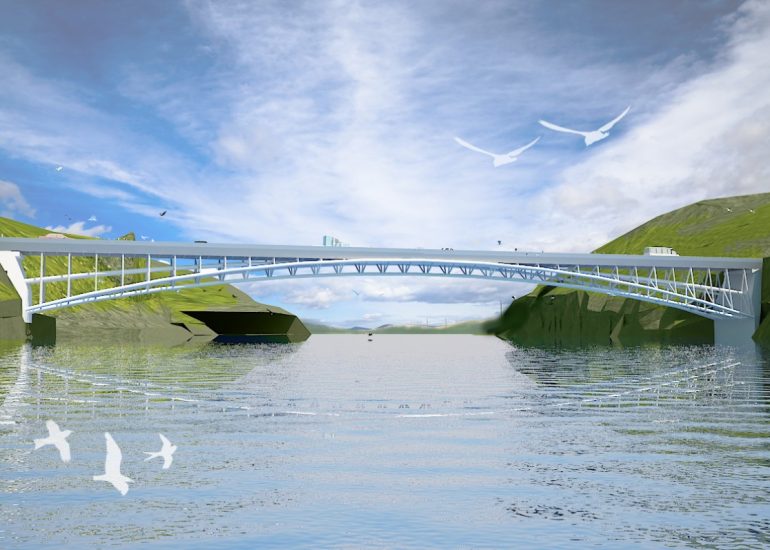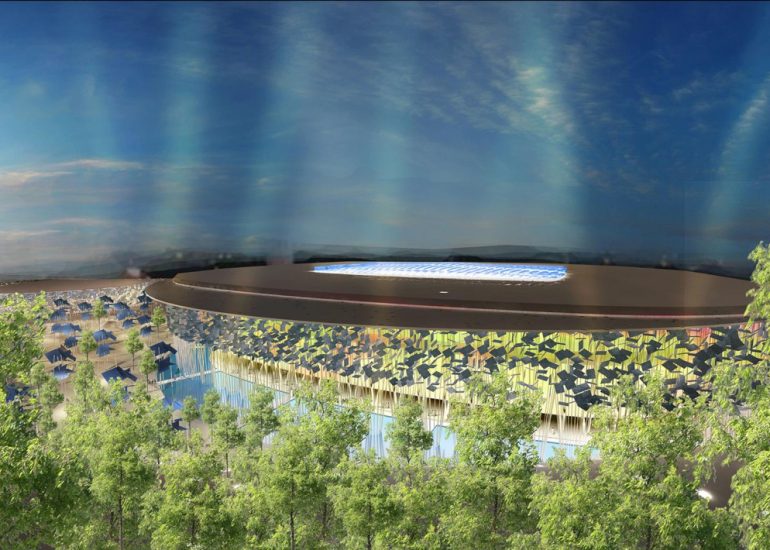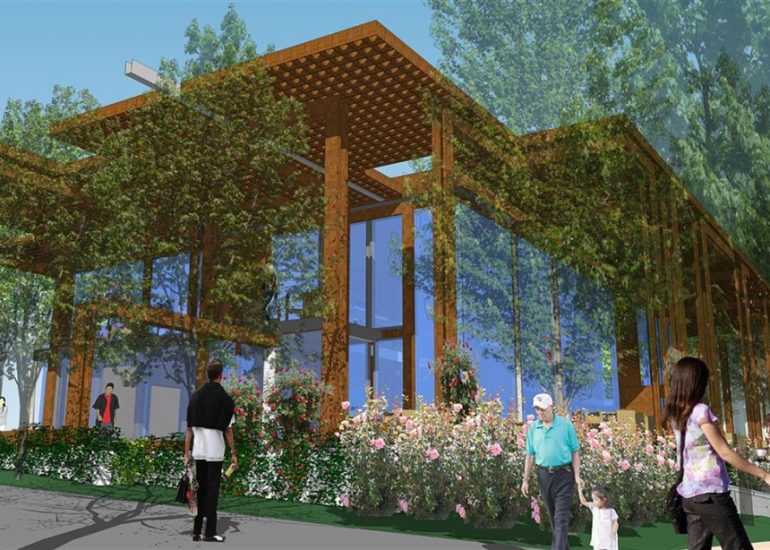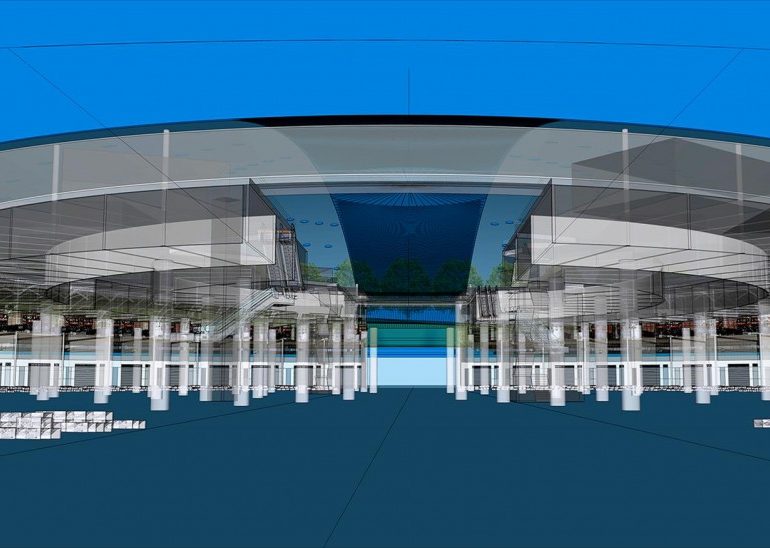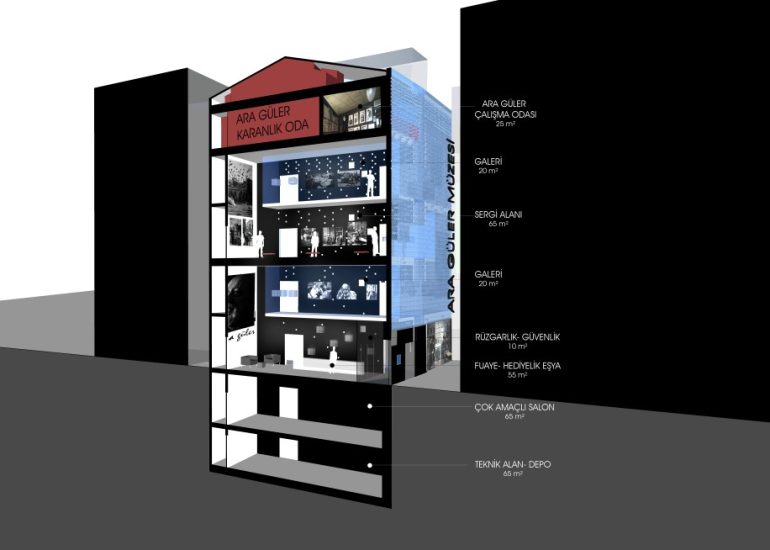Bursa Town Hall
Archıtecture as Space and Body On the Semıotıcs of Buıldıng
Architecture is never merely the act of erecting walls, placing beams, stacking stone or concrete. Architecture is – if one dares say – a double gesture: it creates space and at the same time body. The space we enter, that surrounds us, is never empty. It is infused with meanings, with codes inscribed within it. The body we see – the building as a figure in the urban landscape – is not only form, but also bearer of this invisible semantics.
Yet this meaning is not born solely in the act of construction. It is born through use. The worker, the visitor, the wanderer – all of them, through their movements and actions, inscribe a text into architecture. Passing through a foyer, looking out of a window, waiting in a corridor – these are sign-acts that render the building legible. Architecture is thus not only an object, but also a discourse.
In the urban fabric, this means: every building is embedded within a network of relations. The street that surrounds it, the neighboring structure, the invisible threshold between public and private space – all these are semantic markers. From the single room to the city as a whole, a play of relations unfolds, a polyphony of signs.
Humans recognize architecture through codes. Some are immediately legible: a door that invites or excludes; a staircase pointing upwards; a square promising community. Others are hidden, almost esoteric: proportions that generate harmony; the guidance of light that suggests transcendence; material layers that tell stories. It is these hidden codes that enrich human experience, because they suggest more than they reveal.
Thus, architecture begins to speak – and it speaks on several levels at once. It speaks the language of function, the language of the city, and the language of symbolic resonance. In this interplay of meanings, the building becomes more than a utility: it becomes interpretation.
This is where the approach of TCA takes root: every design is a newborn, a new text inscribed into cultural discourse. Not as a repetition of old patterns, but as a constant re-formation, an attempt to reinterpret the codes of space and body, and at the same time to make them accessible. Architecture emerges where space is not only used, but also read and understood – and where the human being, amid signs and meanings, finds a fragment of their own well-being.
—————————————————————————————
Mimarlık Olarak Mekân ve Beden Yapının Göstergebilimi Üzerine
Mimarlık hiçbir zaman yalnızca duvar örmek, kiriş yerleştirmek, taş ya da beton yığmak değildir. Mimarlık – denilebilir ki – çift yönlü bir jesttir: mekân yaratır ve aynı zamanda beden. Girdiğimiz, bizi kuşatan mekân boş değildir. İçine anlamlar, onda saklı kodlar sinmiştir. Gördüğümüz beden – kentsel bağlamda bir figür olarak yapı – yalnızca biçim değil, aynı zamanda bu görünmez anlamın taşıyıcısıdır.
Fakat bu anlam yalnızca inşa anında doğmaz. O, kullanım yoluyla doğar. İşçi, ziyaretçi, gezgin – hepsi hareketleri ve eylemleriyle mimarlığa bir metin yazar. Fuayeden geçmek, pencereden dışarı bakmak, koridorda beklemek – bunların her biri yapıyı okunur kılan gösterge-eylemleridir. Böylece mimarlık yalnızca bir nesne değil, aynı zamanda bir söylem olur.
Kentsel dokuda bu şunu ifade eder: Her yapı ilişkiler ağının içine gömülüdür. Onu çevreleyen sokak, yanındaki bina, kamusal ile özel alan arasındaki görünmez eşik – tümü birer anlamsal işarettir. Tek bir mekândan tüm kente kadar ilişkilerin oyunu, işaretlerin çok sesliliği açılır.
İnsan, mimarlığı kodlar aracılığıyla tanır. Bazıları hemen okunabilir: davet eden ya da dışlayan bir kapı; yukarıyı işaret eden bir merdiven; topluluk vaat eden bir meydan. Bazıları ise gizlidir, neredeyse ezoteriktir: uyum yaratan oranlar; aşkınlığı ima eden ışık kurguları; tarih anlatan malzeme katmanları. İnsan deneyimini zenginleştiren işte bu gizli kodlardır; çünkü söylediklerinden fazlasını ima ederler.
Böylece mimarlık konuşmaya başlar – hem de aynı anda birçok dilde. İşlevin diliyle, kentin diliyle, simgesel yankının diliyle konuşur. Anlamların bu etkileşiminde yapı artık yalnızca bir kullanım nesnesi değil, aynı zamanda bir yorum haline gelir.
Tam da burada TCA’nın yaklaşımı devreye girer: Her tasarım bir yenidoğandır, kültürel söyleme yazılan yeni bir metin. Eski kalıpların tekrarı değil, sürekli bir yeniden oluş, mekânın ve bedenin kodlarını yeniden yorumlama ve aynı zamanda erişilebilir kılma çabasıdır. Mimarlık, mekânın yalnızca kullanılmadığı, aynı zamanda okunduğu ve anlaşıldığı yerde doğar – ve insan, işaretler ve anlamlar arasında, kendi iyilik halinin bir parçasını bulur.
Archıtecture as an Endless Desıgn
Every architectural project begins with a question that is at the same time a challenge: How can we create a space for human beings that not only fulfills their immediate needs but also anticipates the invisible, unforeseen desires that the future will bring? Architecture, in this sense, is never a finished answer but always a process of searching, a dialogue with the open.
The house, the school, the museum – they all begin as solutions. Yet a solution is only as valuable as its capacity to be reinterpreted.TCA spoke of “open works,” which unfold themselves to the reader, the viewer, the user in ever-new ways. Architecture must remain equally “open”: not as a rigid object but as a text to be read and rewritten. A corridor can become a zone of encounter, a courtyard a place of silence, a staircase a social stage. The meanings that emerge from daily life are never identical with the intentions of the architect – and therein lies their beauty.
The spaces we create carry meanings, like words in a poem. They are not mere containers of function, but generators of joy. A window can become a promise of the world, a shaft of light a metaphor for ascent, a square a stage for collective memory. These meanings are not decoration, but the true foundation of building.
Yet this path demands a form of thinking that never ends. It is a thinking that moves through sketches, through models, through digital and three-dimensional explorations. Each line, each section is less a conclusion than a hypothesis, a tentative attempt to grant form to the requirements. Architecture is – like writing – a process of endless revision.
This is also how the TCA team works: not as a sum of isolated voices, but as a continuous conversation unfolding across decades. Experience is not a burden of the past but a resonance chamber for new ideas. Out of this continuity emerges a practice that understands its spaces not merely as answers but as open questions for the future – questions that only the lives of users themselves can resolve.
—————————————————————————————
Mimarlık: Bitmeyen Bir Tasarım
Her mimari tasarım, aynı zamanda bir meydan okuma olan bir soruyla başlar: İnsan için öyle bir mekân nasıl yaratılır ki yalnızca bugünkü ihtiyaçlarını karşılamakla kalmasın, geleceğin henüz görünmeyen, öngörülmeyen arzularına da cevap verebilsin? Bu anlamda mimarlık hiçbir zaman tamamlanmış bir yanıt değil, her zaman arayışın kendisidir; açık olana yönelmiş bir diyalogdur.
Ev, okul, müze – hepsi başlangıçta birer çözüm olarak ortaya çıkar. Ancak bir çözüm, yeniden yorumlanmaya elverdiği ölçüde değerlidir. TCA “açık yapıt”lardan söz eder; yani okurun, izleyicinin, kullanıcının her defasında yeniden keşfettiği metinlerden. Mimarlık da aynı şekilde “açık” kalmalıdır: Katı bir nesne değil, okunacak ve yeniden yazılacak bir metin olarak. Bir koridor buluşma mekânına dönüşebilir, bir avlu sükûnetin alanı olabilir, bir merdiven toplumsal bir sahneye. Günlük yaşamın ürettiği anlamlar hiçbir zaman mimarın niyetleriyle birebir örtüşmez – güzellik de tam burada saklıdır.
Yarattığımız mekânlar anlam taşır, bir şiirin kelimeleri gibi. Onlar yalnızca işlevin kabı değil, yaşam sevincinin üreticisidir. Bir pencere dünyaya dair bir vaat olabilir, bir ışık boşluğu yükselişin metaforu, bir meydan ortak belleğin sahnesi. Bu anlamlar bir süs değil, inşanın asıl temelidir.
Fakat bu yol, asla sona ermeyen bir düşünme biçimini gerektirir. Bu düşünce eskizlerden, maketlerden, dijital ve üç boyutlu araştırmalardan geçerek ilerler. Her çizgi, her kesit bir sonuçtan çok bir hipotezdir; gereksinimlere biçim verme yolunda bir denemedir. Mimarlık –tıpkı yazı gibi– bitmeyen bir revizyon sürecidir.
TCA ekibinin çalışması da böyledir: Ayrık seslerin toplamı değil, on yıllara yayılan sürekli bir konuşmadır. Deneyim, geçmişin ağırlığı değil, yeni fikirlerin yankı odasıdır. Bu süreklilikten doğan pratik, mekânlarını yalnızca yanıtlar olarak değil, geleceğe sorular olarak görür – ve bu soruları yanıtlayacak olan, yalnızca kullanıcıların yaşamlarının kendisidir.







